
MAY 2025 UPDATE: A Practical Guide to Distributing Your Film Internationally: Who Else is Out There in the International Digital Space Beyond Just the Big Globals?
Mobile Phone Users: This page is best viewable by turning your phone horizontally (in landscape mode).
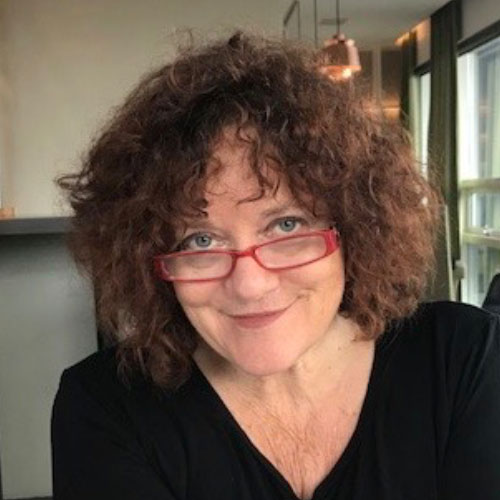 Note: This article was originally published in May 2020, updated in March 2021, and again in May 2024. Needless to say, things have continued to evolve at lightning speed in the digital sector, so we’ve asked our dear friend and colleague Wendy Bernfeld, founder of Rights Stuff, not only to assist with updating various international platforms in the TFC’s Digital Distribution Guide, but also to summarize, in this blog post, key changes in the international landscape and buying platforms abroad.
Note: This article was originally published in May 2020, updated in March 2021, and again in May 2024. Needless to say, things have continued to evolve at lightning speed in the digital sector, so we’ve asked our dear friend and colleague Wendy Bernfeld, founder of Rights Stuff, not only to assist with updating various international platforms in the TFC’s Digital Distribution Guide, but also to summarize, in this blog post, key changes in the international landscape and buying platforms abroad.
Which platforms closed, or radically reduced their indie buying? Which have been bought or merged, changed their content genres, altered their business models (B2B, B2C), or expanded or curtailed the regions they operate in? And which new (interesting! credible/reputable!) platforms are out there with an appetite for indie films?
As before, she looks beyond just the Big Global players to the others abroad who compete or complement them, with emphasis on the SVOD windows.
(In the future we may also request her to update her TFC blog article on FAST/AVOD in Europe, but as that is a later window and not as immediately compelling for indies with only a few films and less than 8 years old, we concentrate in this article mainly on SVOD and hybrid platforms).
Wendy specializes in Library and Original Content acquisition/distribution and international strategy / deal advice for traditional media (film, TV, pay TV), digital media (Internet/IPTV, VOD, OTT/devices), and web/cross-platform programming. She is also active on various film festival / advisory boards, such as IDFA and TFC!
Follow her on LinkedIn: Wendy Bernfeld.
So, without further ado, here is Wendy’s update:
Wendy:
I’m not a classic distributor or sales agent that takes IP, but rather an independent digital sector consultant. I have roots as a lawyer and senior buyer / in-house executive in the traditional film/tv sector, first in Canada and then since the ’90s based in Europe, increasingly focused on digital sector and streamers internationally, with emphasis on EMEA (Europe, Middle East, and Africa).
Most of the time I’m a buyer / business development executive for platforms, often before they launch (curation, sourcing, acquisition, deals), or afterwards when they roll out into new regions, genres, and business models. The rest of the time I’m on the filmmakers’ side of the table, helping rightsholders / producers / sales agents / festivals deal with distribution platforms and alternatives going beyond the usual suspects.
A) Intro
1) What’s shifted the past few years
For a few years, we were in the heyday of the streamers having hearty appetites for buying indie films, including docs and series – particularly post-COVID and during/after the writers’ strike and production slowdowns. As production stalled, and competition among streamers increased, more streamers turned to acquisitions of ready-made (current and/or library titles) to round out their programming. Non-exclusive licensing allowed multiple deals and windows, as per my last article. The sweet spot for SVOD acquisitions, aside from premium/first-run, opened up for indie films 2-5 years old, especially from curated platforms overseas, and older titles (6+ years) could also find a home in SVODs and/or AVODs.
Last year (particularly), when the choices and costs became too much for both consumers and platforms (too many SVODs, “subscription fatigue”), along with economic challenges overall, the tide turned and streaming platforms began contracting, consolidating, reorganizing, and cutting back. But this also led to an uptick of other business models (AVOD, FAST, ad-supported “tiers,” and hybrid offerings). This trend has continued, spreading further overseas. However, in this article we will focus more on the SVOD licensing opportunities still out there, with an emphasis on arthouse/indie film/festival titles, docs, and niche/genre features.
2) Approach
As before—and now more than ever—it is important, in my view, to look beyond mere traditional and “Big Global” platform buyers (Tier 1 types) to their head-on international competitors, such as telecom, cable, and pay/TV OTT services (Tier 2 types) and then to the complementary thematic or niche sites (Tier 3 types): those who also buy or fund but are lesser known and attend markets/festivals less frequently.
More recently, the free-with-ads sector, originally AVOD (Tier 4), strengthened with the addition of free linear FAST channels and combined AVOD/FAST offerings, first in the U.S. and now abroad. As mentioned before, I won’t go into this tier in too much detail, but I will give a brief update, because it may affect your deals in other tiers.
If traditional buyers or Big Globals have not led to a “Holy Grail”-type of deal for you (or you feel the film has other goals/audiences), then the Tier 2 and 3 types abroad can be a worthy pursuit, at least for those willing to dedicate time and attention to it.
Best results arise from:
- Researching the target platforms
- “Matchmaking” your film (realistically to those on their site, and/or their type of audience, kind of like online dating!)
- Doing short, personalized, tailored outreaches, not Mail Chimp-style mass mailings
i.e., contextualizing your film to their platform, so as to help do the buyers job for them
This can be either DIY (since most of these platforms will deal direct) and/or with your sales reps or agents, in a hybrid manner, to help cover all the bases in this industry-wide time of blurred windows, rights, and international audiences. 100% of zero is zero!
3) Who Are They? Snapshot the VOD/OTT Streamers
You can cross-reference the platforms below with the broader Digital Distribution Guide (updated regularly) for further info on regions, business models, and links to company sites. In this article, I focus on a key sampling of the platforms and developments since the last blog.
Types:
-
Tier 1: Mainstream “Big Global” types
i.e., global (or on their way to global)
- For example, Netflix, Amazon, HBO / Warner Brothers Discovery / Max / HBO Max, AppleTV+, Disney+/Hulu, as well as other studio-backed entrants, such as Peacock, Paramount+ (in SVOD) and its Pluto.tv (in AVOD/FAST), and finally, other mainstream AVOD/FAST platforms such as Tubi, Roku, SamsungTV+, LG, YouTubeTV, and Rakuten (based in EU).
- These types are often most sought after, but as before, such deals (if/when offered) will correspondingly impact the revenues, rights, windows, holdbacks, promotion, marketing, access to audience data etc. So, one always has to balance one’s goals with the offer (money, impact, marketing, etc.)
- If such a deal is not forthcoming, or not the right one for you, then – don’t stop there!
- In this article, I’ll focus more on Tier 2 and 3 players.
- For example, Netflix, Amazon, HBO / Warner Brothers Discovery / Max / HBO Max, AppleTV+, Disney+/Hulu, as well as other studio-backed entrants, such as Peacock, Paramount+ (in SVOD) and its Pluto.tv (in AVOD/FAST), and finally, other mainstream AVOD/FAST platforms such as Tubi, Roku, SamsungTV+, LG, YouTubeTV, and Rakuten (based in EU).
-
Tier 2: Mainstream Competitors to Big Globals
i.e., EMEA/International multi-regional or local VODs (via telecom, cable, OTT, pay/TVs), who strive to be head on competitors (buying and funding/co-funding, though not globally.)
-
- Examples include Canal+, Crave, Sky, M-Net/Multichoice/ShowMax, Stan and Sky Showtime (Comcast / Paramount Global joint venture based in EU).
Keep in mind that aside from competing with Tier 1 types, Tier 2s also have competitors in their own regions, so you can canvas them (if non-exclusive) and/or cobble together various other deals with other Tier 2 & 3 players in different regions.
- In all Tier 1, 2, and 3 deals, windowing and holdbacks are to be balanced against traditional. Some Tier2s want to be first window, while others, and most Tier3s, are content to come in non-exclusively.
- That said, if you only do a non-exclusive deal, you’ve effectively given the platform exclusivity for the price of a non-exclusive deal.
-
-
Tier 3: Complementary Thematic
i.e., many curated niche or micro niche VODs, drilling down into a specific genre, theme, or target audience. These services are lower-priced and position themselves as “stackable” add-ons for households.
-
- Examples include services dedicated entirely to art house, docs, diaspora, horror, LGBTQ+, such as Filmin, MUBI, Curiosity Stream, Britbox, Shudder, OUTtv, etc.
As above, each of these thematic types often have 5-10 competitors, with varying programming and deal offers, so one can do multiple non-exclusive deals in this sector too (unless paid very well for exclusivity).
- There are technically thousands of VODs in Europe alone, but we tend to focus on the 50 or so that are that are a good editorial fit, and ideally paying proper flat license fees or some other forms of reasonable returns (minimum guarantee / rev share).
-
-
Tier 4: AVOD/FAST Channels abroad
More AVOD/FAST channels are proliferating from mainstream to niche, including not only via global SmartTV platforms and studio-backed groups, but also those launched by big IP owners.
- Of more interest for indies, these are curated channels focused on buying movies, docs, shorts, and niche genre films.
- In 2025, more are expanding through UK and Europe (which can be the subject of a future update to my earlier blog on FAST/AVOD) but that is not the subject of this article, as they are usually rev share based for volume deals on older titles, and not buying individual titles from U.S. indies (with some exceptions, including if going through aggregators).
- One interesting 2025 read, on movies in FAST channels—including Pluto (with 12 movie channels), Samsung (with 17), Rakuten (with 30 movie channels), Chili, etc.—can be found via Marion Ranchet’s recent article in her publication Streaming Made Easy. But in brief, as above, indie docs and narrow niche titles (as opposed to commerical films) are relatively under-represented in FAST and with limited monetization.
Luckily, the overall practical advice, tips and takeaways set forth in the earlier articles—on how to approach licensing, monetization, windowing—still apply today, and I’ve repeated them at the very end of this article, just with more layers to take into consideration, methodically. But first let’s step back and summarize the changes in the market, film buying platforms, and business models since the last blog, and also table some new platforms for you to consider. Other info and platforms are in the Digital Distribution Guide.
B) CHANGES IN THE SECTOR
1) Business Models, Rights, Windows:
- Earlier COVID innovations in TVOD (such as Premium VOD, Festivals Online/Hybrid) did continue to some extent, and in some cases are still ongoing, but Virtual Cinema has largely phased out.
- AVOD vs FAST
- In brief, FAST is exhibition on Free, Ad-supported Streaming TV (usually SmartTVs/OTT devices), and programs are scheduled linearly, supported by ad revenue share, but not viewed “on demand,” (unless coupled with AVOD rights/capability).
If a FAST platform asks FAST rights from you for a rev share, look to see if it also offers its viewers fast forward and rewind capabilities, as that is more properly an AVOD right (on demand) and indies, where possible, should strive to be paid for both rights, from the viewpoint of monetization/dealmaking, instead of lumping them together.
In late 2024-25, some FAST platforms have evolved to offering a flat license fee for licensing, instead of rev share. Rev shares in FAST tend to be obtuse in calculations and with inconsistent methods of reporting between the different platforms, so in one sense it is handy that they offer flat license fees. However, with flat fees, one loses any insight into data/viewership/audience.
- In brief, FAST is exhibition on Free, Ad-supported Streaming TV (usually SmartTVs/OTT devices), and programs are scheduled linearly, supported by ad revenue share, but not viewed “on demand,” (unless coupled with AVOD rights/capability).
- SVOD with Ad-supported tiers:
- Some services, such as Netflix, Disney+, Sky Showtime, and HBO Max, offer SVOD at various priced tiers: one ad-free subscription, and then other cheaper subscriptions with ads.
- This is not to be confused with regular AVOD rights or windows (like YouTube) where viewers watch free and on-demand without any subscription, while filmmakers share in ad revenues.
Indies should be alert when dealmaking that they are still within an SVOD window/right. Watch out for holdbacks against AVOD/FAST, if applicable.
2) PLATFORM changes – and other new buyers
A) TIER 1 TYPES
All are increasingly focused (in EU markets) on content produced/co-produced originally from EU, due to quotas (formal and informal), and regulatory, political, and cultural pressures. This means they have relatively less bandwidth operationally in 2025 for volumes of pure U.S. indie material, after factoring in their inventory and pipeline of MPA studio output deals, deals with local distributors, and local EU indies; however, there is still some room.
-

- Added linear version experiments (e.g. in France) but has not yet added FAST.
- Instead, added ad-supported tier(s) (not AVOD) in most regions (three tiers: Standard, Standard with Ads, Premium)—but note this is still SVOD in rights terms. It further cracked down on password sharing to enhance revenues.
- Initially stepped up indie feature film buying and Netflix Originals in 2021 (but reduced in 2023, a trend continuing to date, along with sad layoffs in the higher end art/indie feature film and docs staffing)
- Started limited theatrical distribution, finally open to occasional theatrical prior window (limited and selective) but is still mainly an SVOD first-run service.
- Stepped up licensing its own Netflix Originals to third-party competitors/networks. (Some other streamers (MAX, Viaplay) have followed this move)
- Also in late 2024, and ongoing in 2025, Netflix further increased its buying of new and library films and series from third parties, usually from other SVOD platforms or major/mini-major studios, so there’s still relatively less from indies. There are some exceptions where buying particularly for a region (such as Canada), or for a specific theme (e.g. indigenous docs like Yintah)—but not for global buying. Their film heads now, when buying, are reported as preferring films that are “more about the audience and less about ‘auteurs’.”
- Moved into other genres/formats (gaming, interactive experimentation), but then stopped interactive in later 2024-25. It has more steadily moved into mainstream reality, true crime, and an increased emphasis on foreign (non-US) indie series and film to support its expansion abroad.
- Diminished Africa content focus (after initial push) to concentrate more on EU.
Still in 2025, it is not always a one-stop-shop for global-style big $ license deals, and instead increasingly buying for specific (e.g. English Language) regions. This can be a double-edged sword, and as per the prior blog, one must balance the desire for ease/single deal with monetization, audience, marketing, data etc. and producer goals (impact? revenues? future pipeline?).
- Also, a deal that is US-only Netflix can limit the attractiveness for buyers from other competing platforms (in some cases) where they want more key regions, while tier 2/3 players can consider it an asset.
-
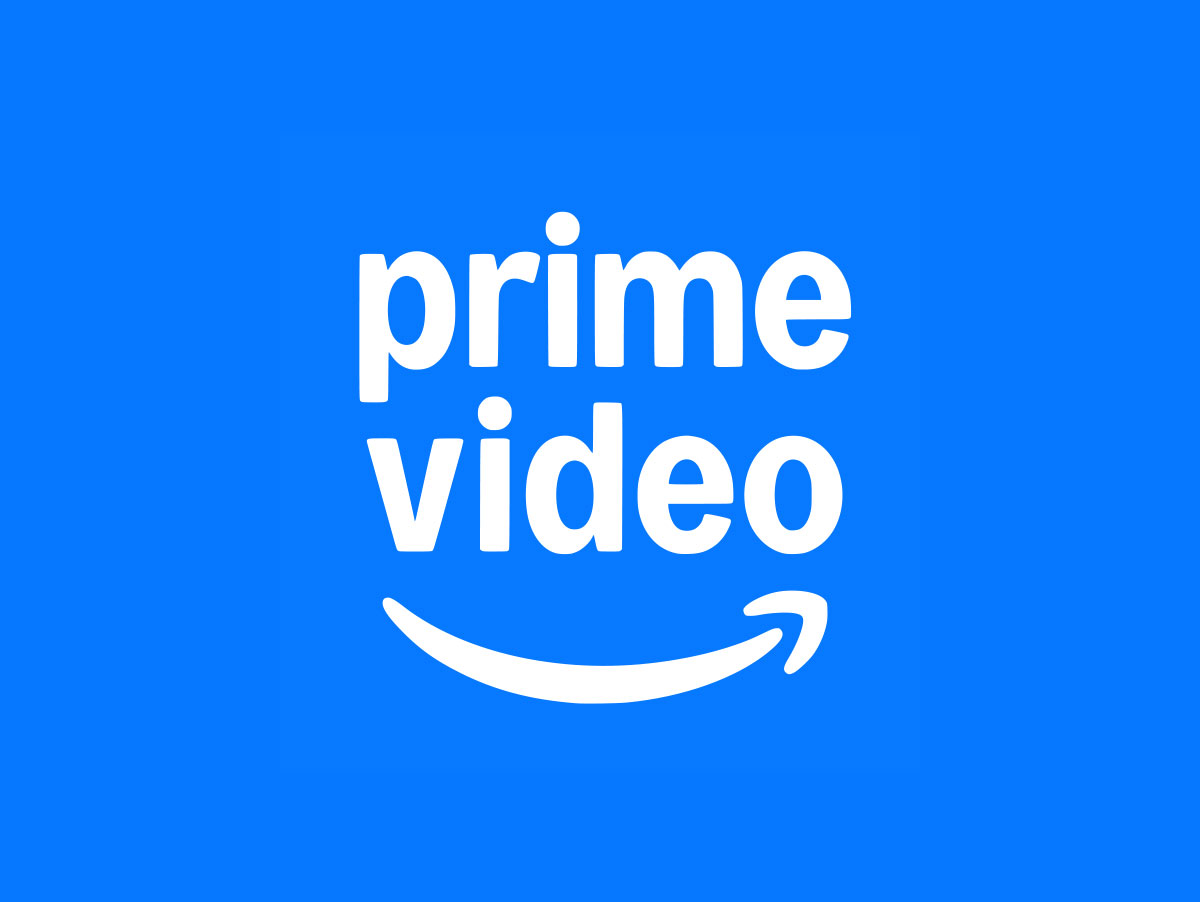
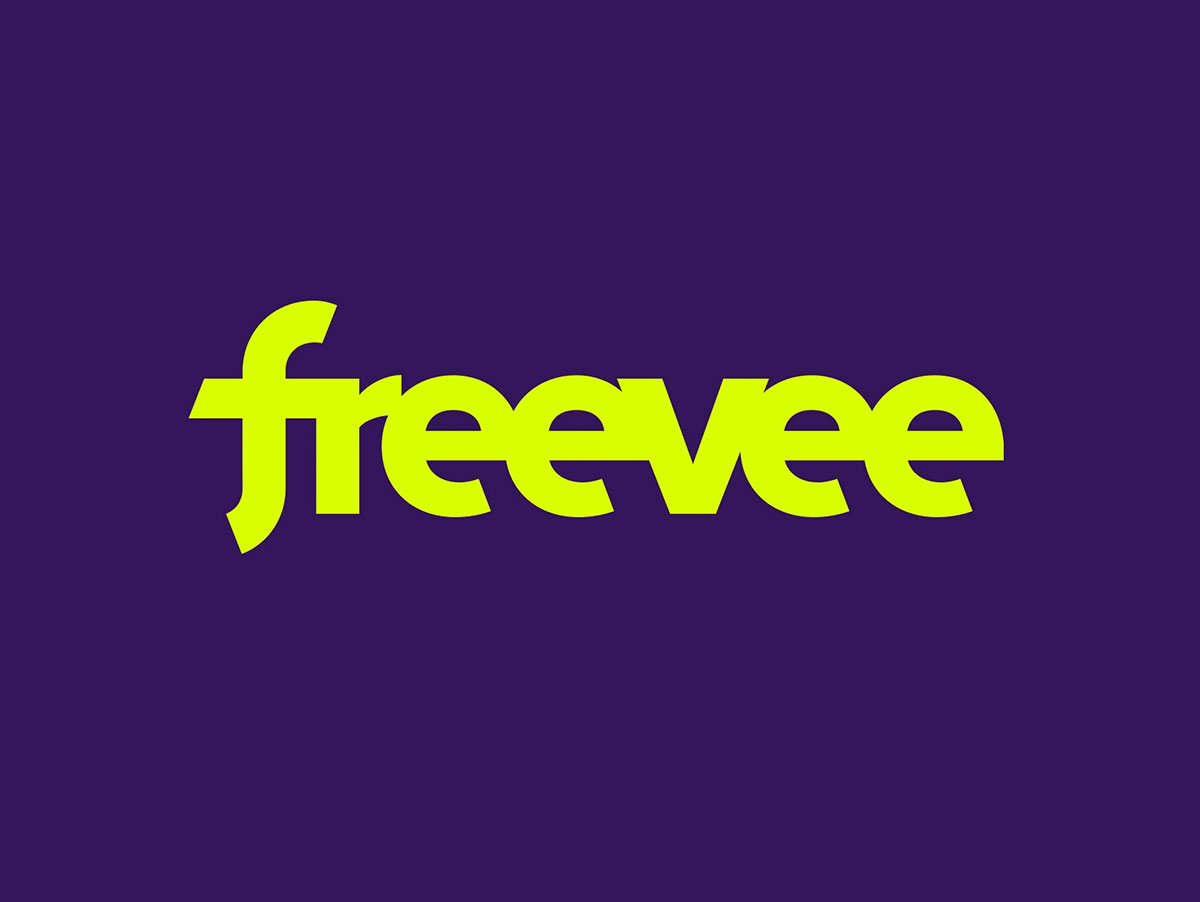
- IMDB.tv had first renamed its AVOD service “Freevee”, in U.S. and UK, and was not yet across EU. FREEVEE since closed in late 2024 as the service content migrated to within PRIME, in regions the U.S., United Kingdom, Austria, and Germany.
Licensing to any AVOD still allows multiple other AVOD licenses, also abroad, however ensure the SVOD route has been canvassed first, to not accidentally cut out the prior window for Prime or other competing SVODs (subject to a compelling deal as in some cases as in the prior blog AVOD can be a bigger revenue generator than small SVODs. Again, depends on goals of filmmaker).
- Prime Video Direct dropped self-upload capability for docs and shorts, except for TVOD/EST
- Still buying indie films selectively, with room for a limited theatrical window. but more emphasis on series, very rare docs except reality style
- Increased carriage of other SVOD’s (including niche thematics) on its platform via add-ons internationally
This means a deal an indie may have done earlier with a specific SVOD (for example with Docubay or Mubi), can end up on Amazon Prime, where it is carried to wider audiences. This can create more reach, but not necessarily more money for you, depending on the type of deal struck (consider implications if the deal is rev share vs. flat fee, or with “bump-ups,” for example).
- IMDB.tv had first renamed its AVOD service “Freevee”, in U.S. and UK, and was not yet across EU. FREEVEE since closed in late 2024 as the service content migrated to within PRIME, in regions the U.S., United Kingdom, Austria, and Germany.
-
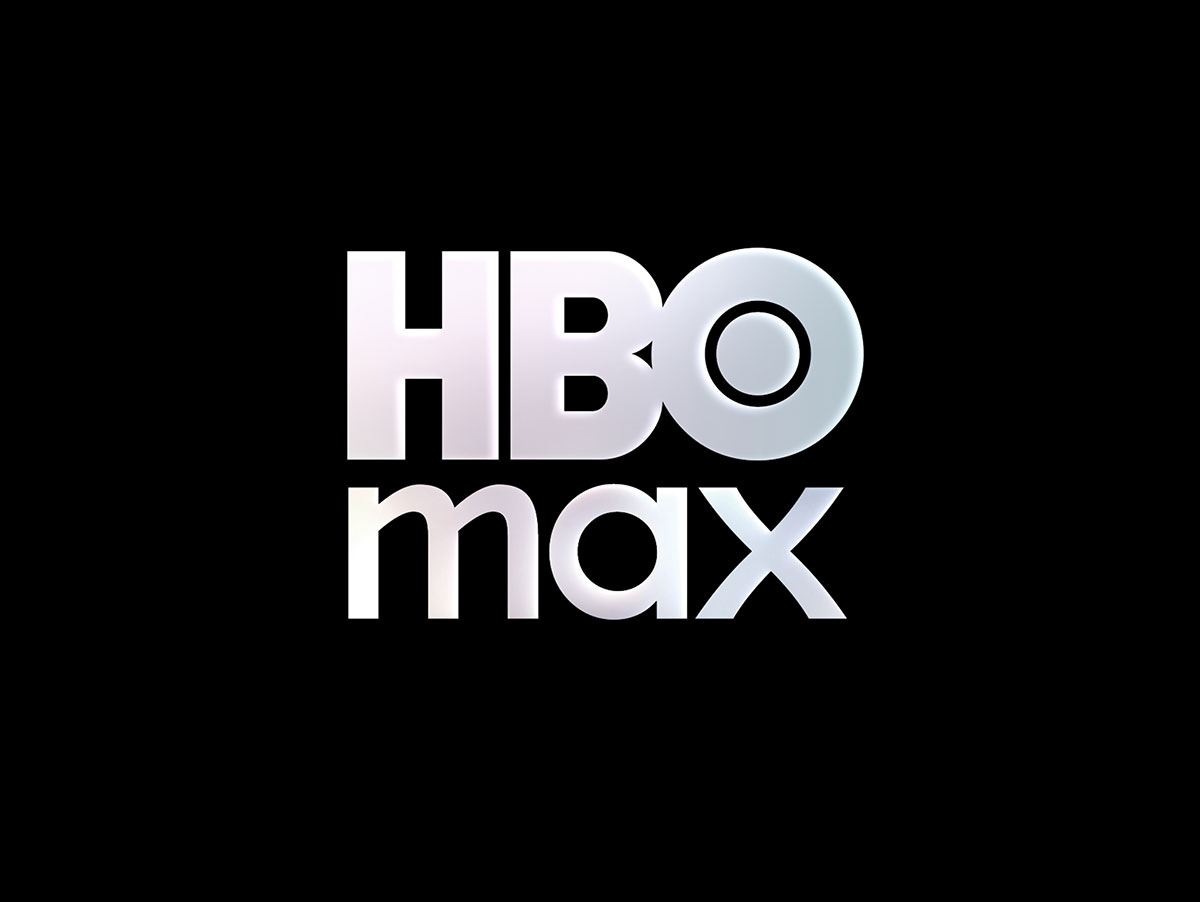
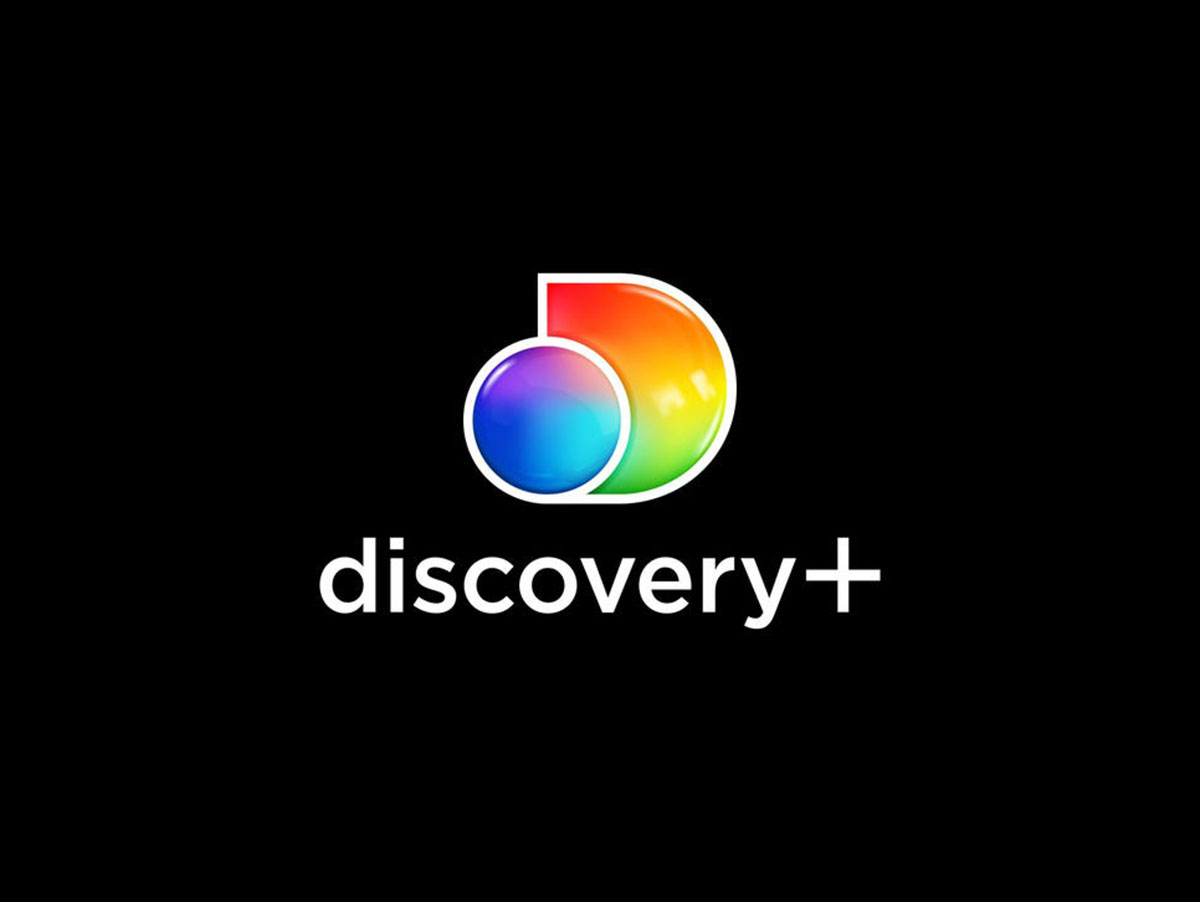
- Wildly expanded then contracted in the past few years, via mergers (WarnerBrosDiscovery), rebrands, and various re-orgs, including the bloodbath in the indie doc/feature buying and funding sector, both in the U.S. and EU.
- HBO Max in U.S. and rolling out to more regions in EU and international markets through summer 2024-26.
- Territories are near global, and include as of 2025: Portugal, Spain, Andorra, France, Mexico, Nordics (Denmark, Norway, Sweden, Finland), Benelux (Belgium and Netherlands), CEE and Baltics (e.g., Poland, Hungary, Bosnia and Herzegovina, Bulgaria, Croatia, Czech Republic, Moldova, Montenegro, North Macedonia, Romania, Serbia, Slovakia, Slovenia, Türkiye, as well as Australia, New Zealand, Latin America / Caribbean (39 countries) and various countries in Asia (Hong Kong, Indonesia, Malaysia, Philippines, Singapore, Taiwan, and Thailand)
- HBO Max now has 3 tiers: Premium, Basic with Ads, and Standard. All are still SVOD but at different pricing when ads and other features are included.
Buying indie films and/or docs can happen out of U.S. HQ and sometimes via separate buyers still in the international regions (EU, CEE, Benelux, Nordic). It’s not a fully consolidated picture yet, don’t give up, particularly if your theme translates culturally abroad.
- Discovery+ Service (different programming) continues, replacing d-play as OTT SVOD in UK/IE, Germany, Austria, Italy, Brazil, Canada, Netherlands, Nordics, India, Spain
- Despite HBO Max merger with Discovery Plus, Discovery+ remains still its own streaming service with separate plans, i.e. premium ad free, and ‘ad-lite’ (cheaper). Its content is also available on HBO Max.
-
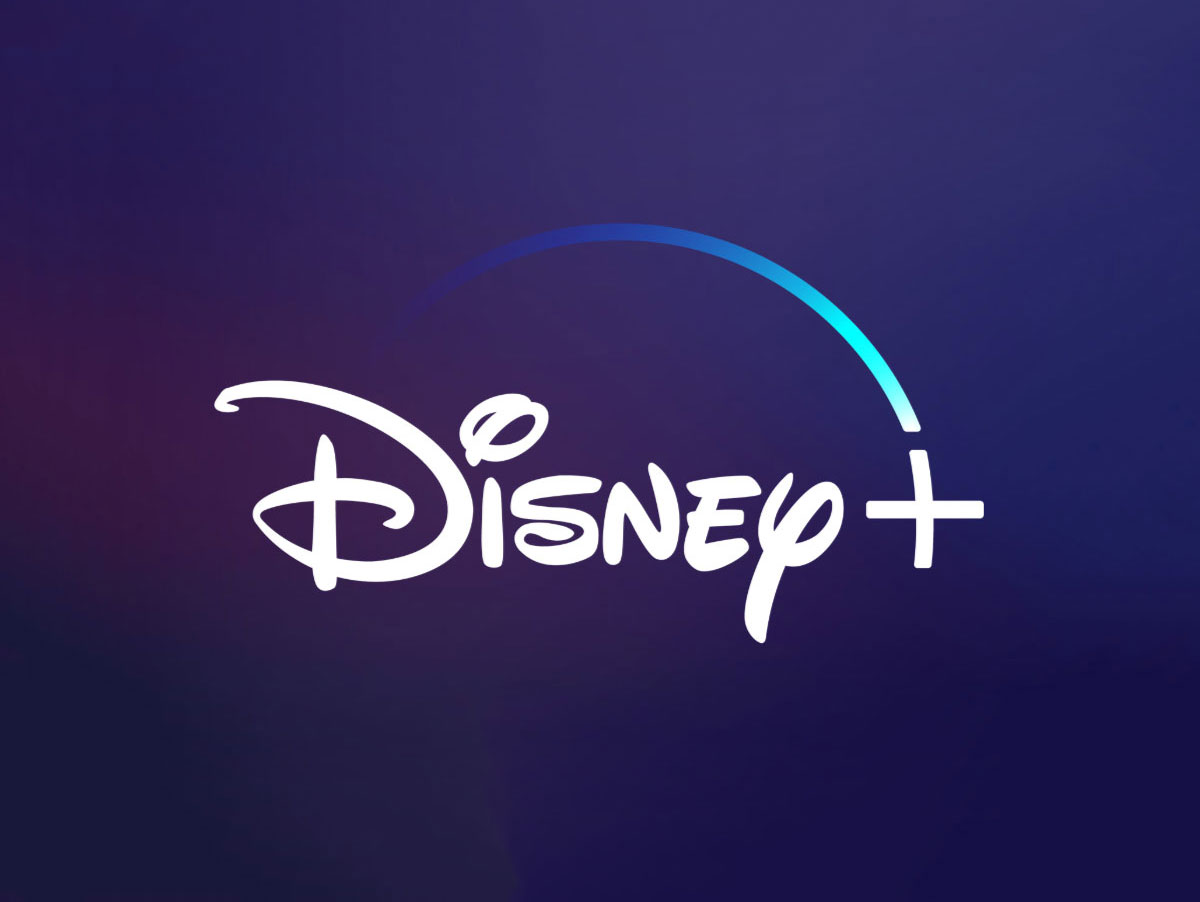
- DISNEY+ expanded wider within Americas, EMEA, Indo-Pacific regions but still no separate Hulu brand site in Europe. Programming is subsumed selectively within the broader Disney+ umbrella and STAR sites.
- As with the other mainstreamers, Disney+ added various ad supported tiers as well, including in EU/international.
B) TIER 2 TYPES
-
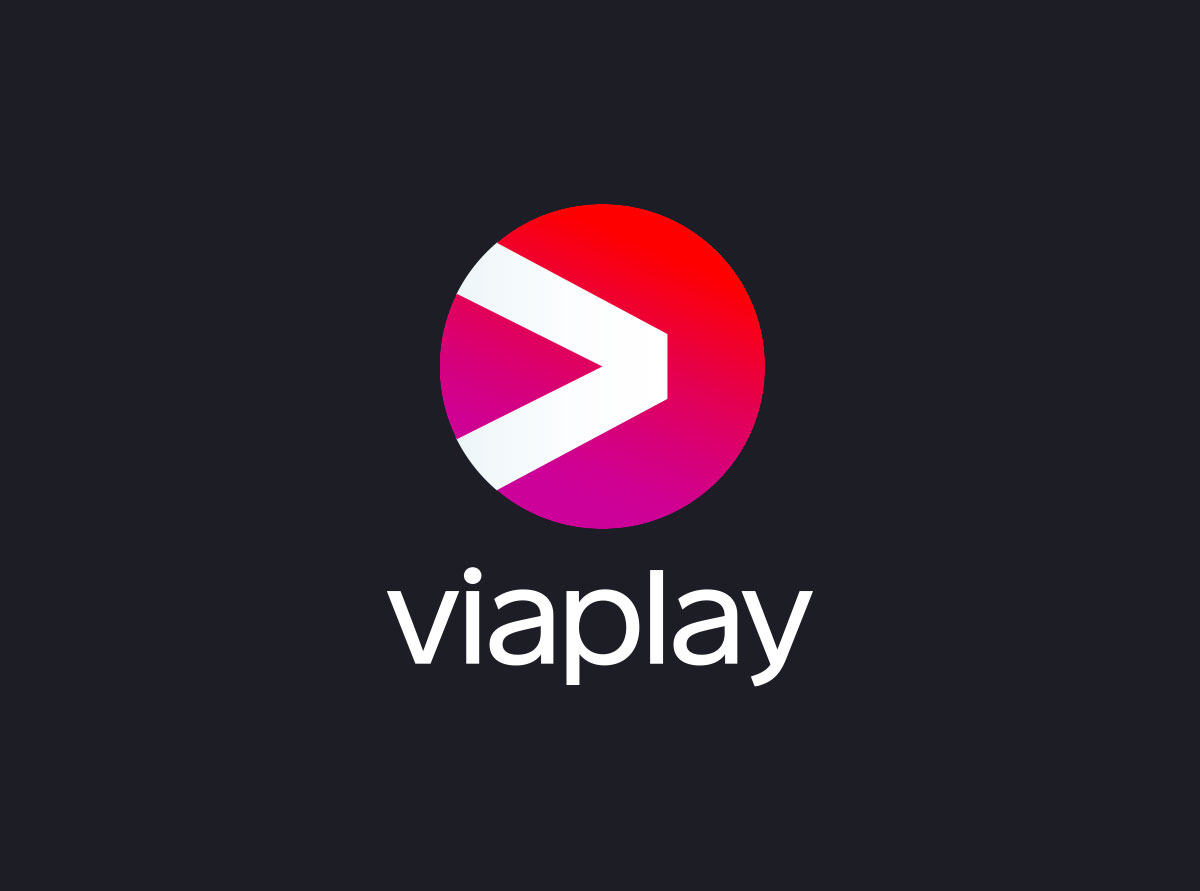
- Viaplay had been at its high-point in earlier years; very attractive to indies (including U.S. indies) for buying and funding, as it was rolling out and spreading in regions beyond Nordic and Benelux, to CEE (Central and Eastern Europe, GAS, UK, and N. America. It was also heavily funding or coproducing 80+ Viaplay Originals per year and buying (mainly series but some English/American and local indie films and high profile docs)
- However, in late 2023, Viaplay widely contracted; shutting down expansion, closing most regions, shutting down projects in development/production stages, staff reorgs, and overall changing focus.
- CANAL+ GROUP in 2025 has a significant ownership position.
- NOTE: Today, Viaplay still remains a Tier 2 competitor in Nordic, (buying and funding mainly locally) and a complementary service in Benelux (local and sports emphasis).
- But in North America, Viaplay has become a Tier 3 thematic/niche (“Best of Nordics”) SVOD called Viaplay Select, and is carried as an add-on, such as via Amazon.
- They’re increasingly selling their Originals to other streamers afterwards.
This means U.S. indies selling film/docs should approach Nordic HQ, rather than the U.S./Canada service.
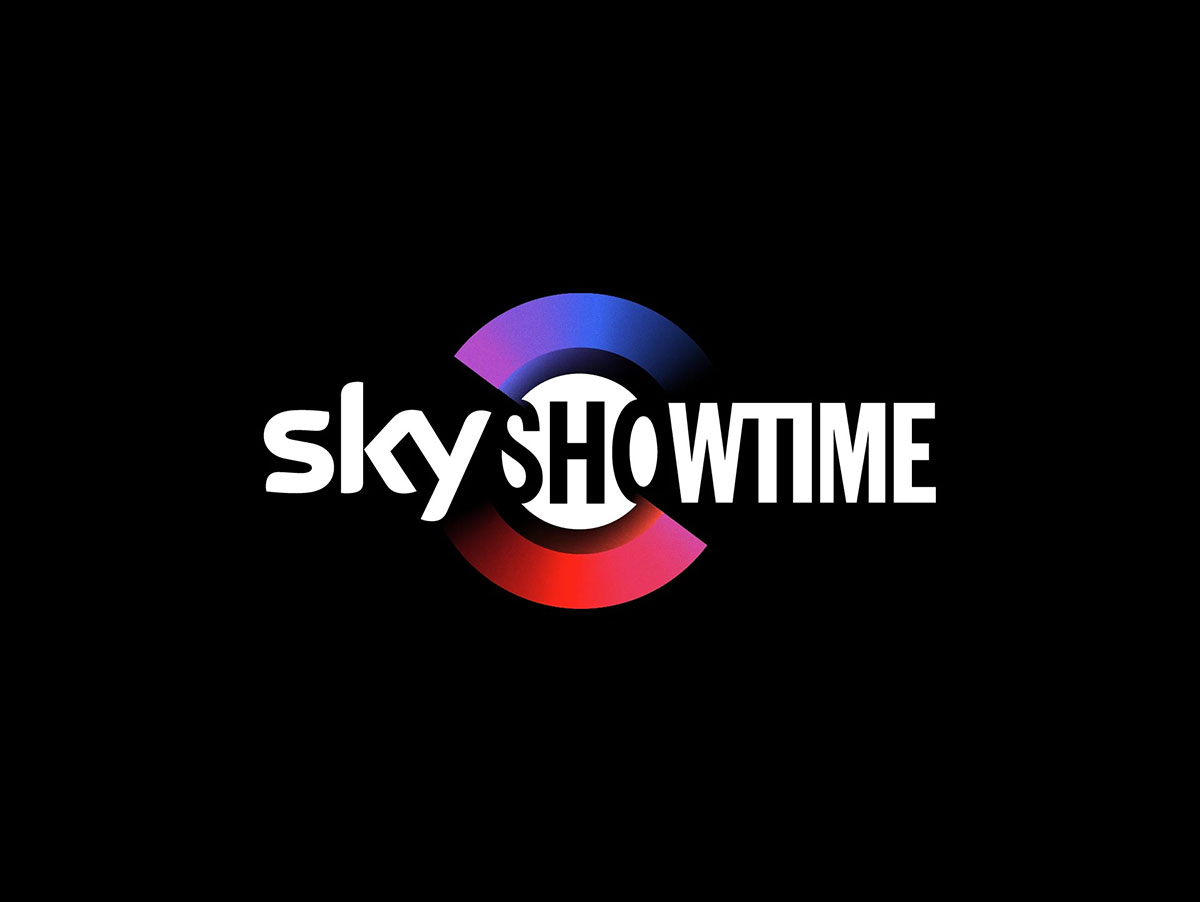
- This Paramount/Comcast JV launched in 22+ EU regions (those that are not UK, Italy, or Germany, so as not to compete with sister company SKY).
- Initially began with its own well-stocked catalogs from JV partners, (NBCU, Peacock, Paramount, Showtime, etc., so it was not buying from indies
- More recently started acquiring series and films from select higher-end indies, albeit either more commercial in nature or increasingly from EU sources (however, still buying very limited docs), sometimes buying for all regions, other times purely local flavor.
- Current emphasis is EU titles (Originals and acquisitions) for EU, but high-profile English buying can selectively come via UK office.
- In April 2024, just began an ad supported SVOD tier as well.
- Limited docs; nonfiction runs usually to reality tv, true crime, celebrities, and that sort, i.e. relatively more commercial in nature. So there are limited opportunities for single title doc individual filmmakers licensing from U.S. as the country of origin—for example, a hardhitting doc on politics, climate, social issues etc. That said, coproductions have more potential.
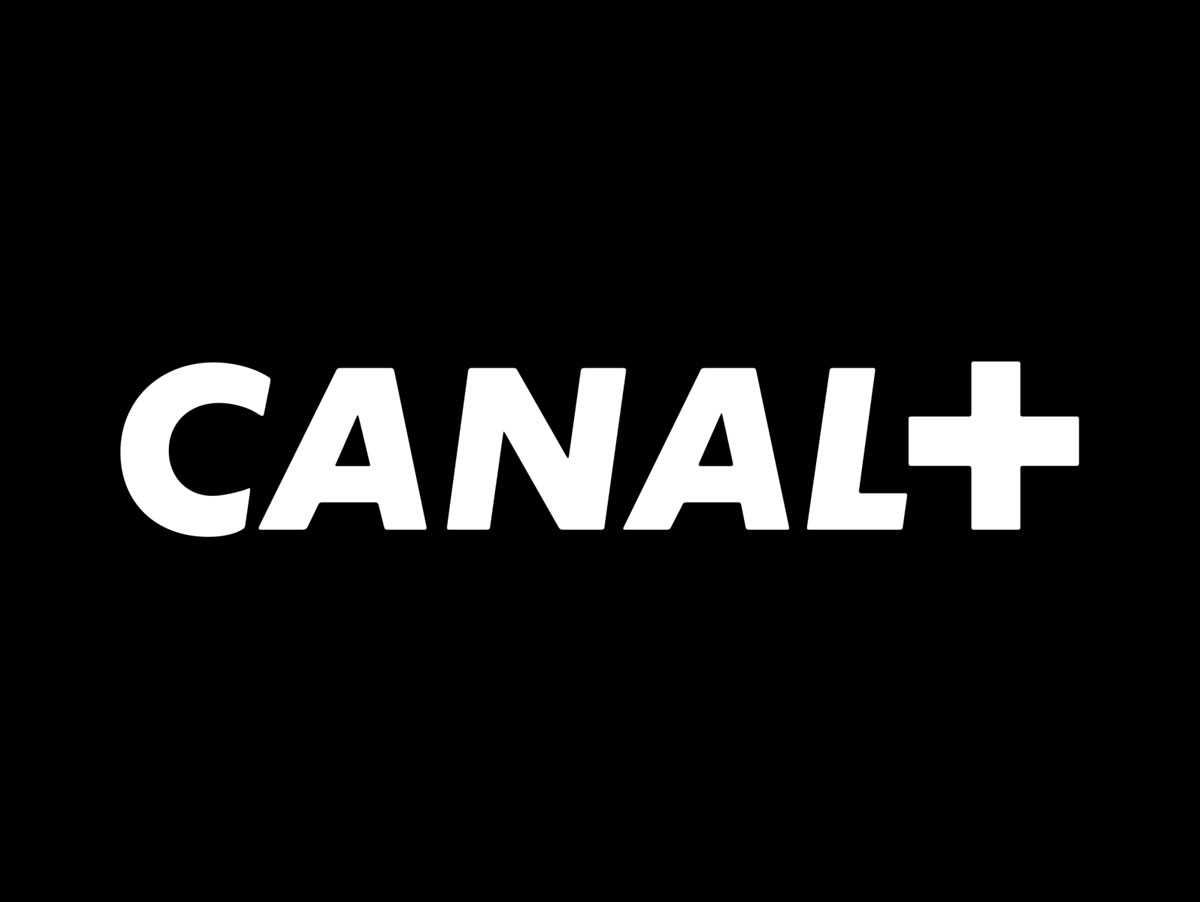
CANAL+ / Canal+ International / Canal+ Group
- After initial contractions a few years ago (including their shut down of SVOD and other VOD operations in favor of their core Pay-TV business channels), fast forward to 2024, they’ve since wildly expanded:
- As a Group, they currently have operations in 52 countries in Africa, France, Benelux, (including since 2024 a dedicated local Canal+ in Holland), CEE, Asia Pacific, Caribbean, Indian Ocean. These channels/services are alongside their other corporately owned channels, such as Film1 in Netherlands and related basic SPI channels (FilmBox and FilmBox Arthouse).
- Canal+ group spans production, broadcast, distribution, and aggregation activities. It owns STUDIOCANAL, a leading film and television studio with worldwide production and distribution capabilities; and other channels (e.g. Thema (diverse content production and distribution) and telecomms. It has further equity stakes across Africa, EU, and Asia (eg Multichoice, Viaplay, Viu Asia)
- They started a new dedicated Canal+ Docs channel, rolled out their Canal+ Series OTT and other thematics (C+ Horreur) and also have a “StudioCanal Presents” art house SVOD, and their Arthaus SVOD in Germany via their StudioCanal arm.
- Recent corporate acquisitions which affect your sales include:
- Takeover/merger of Orange Telecom’s OCS (Orange Cinema Series) SVOD, which was formerly a separate buyer and funder for mainstream and indie film, and now is subsumed operationally within Canal+ Group.
Thus, buying of films/series and docs for OCS, now Cine+OCS, will go via Canal+ group buyers and/or SPI buyers in CEE.
- Takeover/merger of Orange Telecom’s OCS (Orange Cinema Series) SVOD, which was formerly a separate buyer and funder for mainstream and indie film, and now is subsumed operationally within Canal+ Group.
- Since April 2024, corporate buyout underway with Multichoice Africa (affecting, among others, indie film channel buyers and programming from M-Net Movies and Showmax channels and SVOD’s). As per spring 2025, the Canal+ merger approval is further delayed till October 2025 at earliest.
Only some of the prior buyers are still in place in Multichoice group channels but may be impacted by the Canal+ broader group (more on this below).
- Dutch Filmworks (local distributor in Benelux and sales agent) is now in a merged cooperation/integration with Studio Canal.
- SPI International (thematic pay and basic channels like Film1, FilmBox, FilmBox Arthouse, Docustream, Filmstream etc. as per the last blogs)
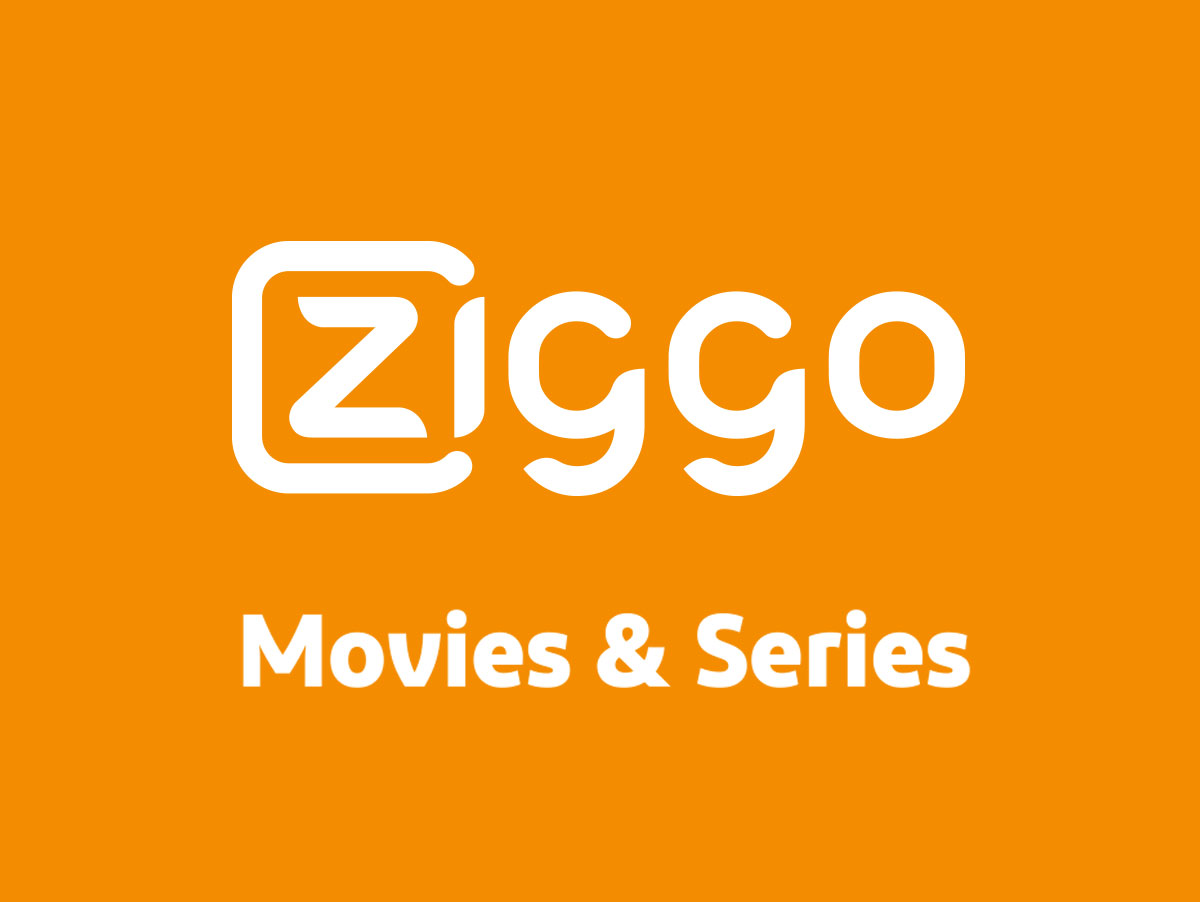
Vodafone/Ziggo’s “MOVIES and SERIES” SVOD
- Sadly, Ziggo is no longer an SVOD service buying individually from international/US indies. Their SVOD is now superseded by carriage of Sky Showtime brand brand streamer, as of 2024, and other carriage deals like Viaplay etc. (so indies lost another Tier 2 competitor buyer).
One would now go to Sky Showtime buyers (UK, NL (Netherlands), or other region-specific) in order to be seen on VodafoneZiggo, along with the potential 20+ other regions.
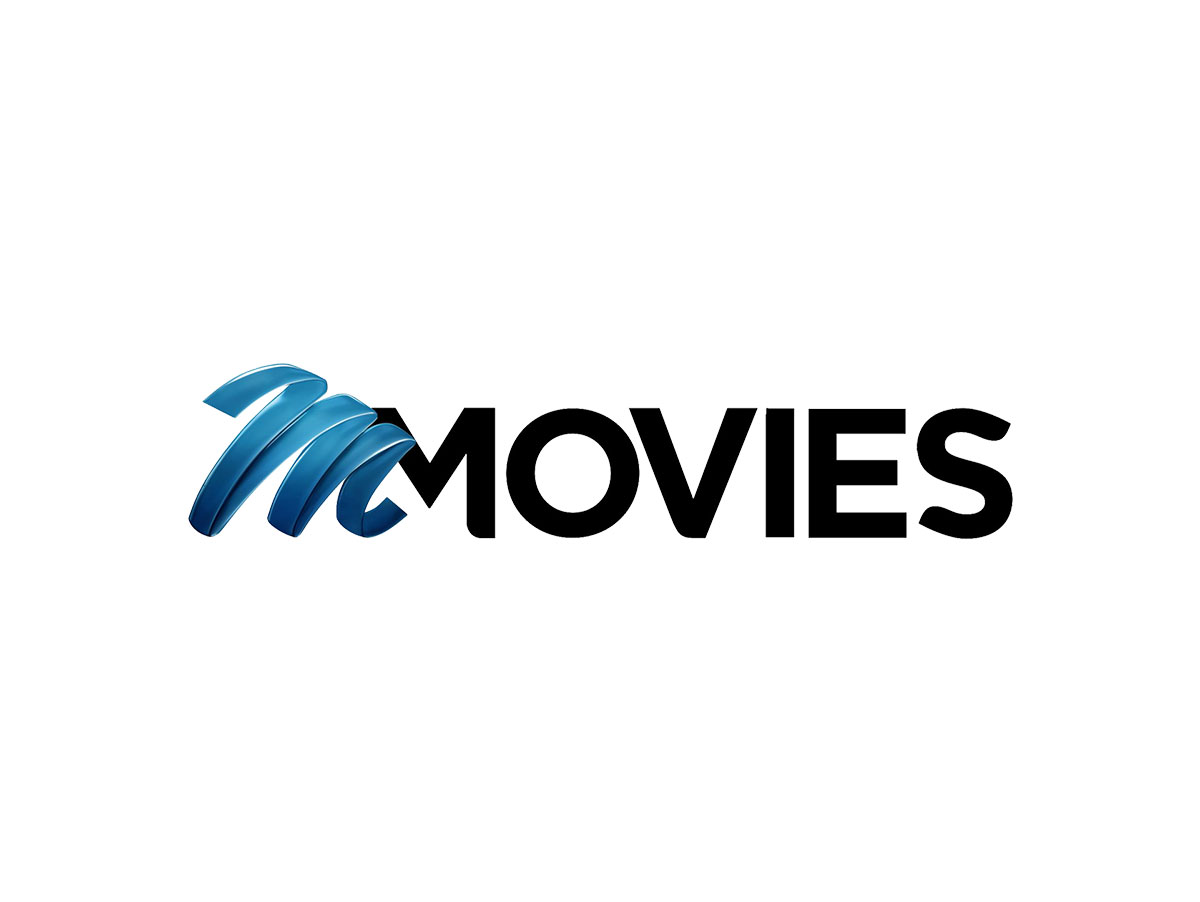
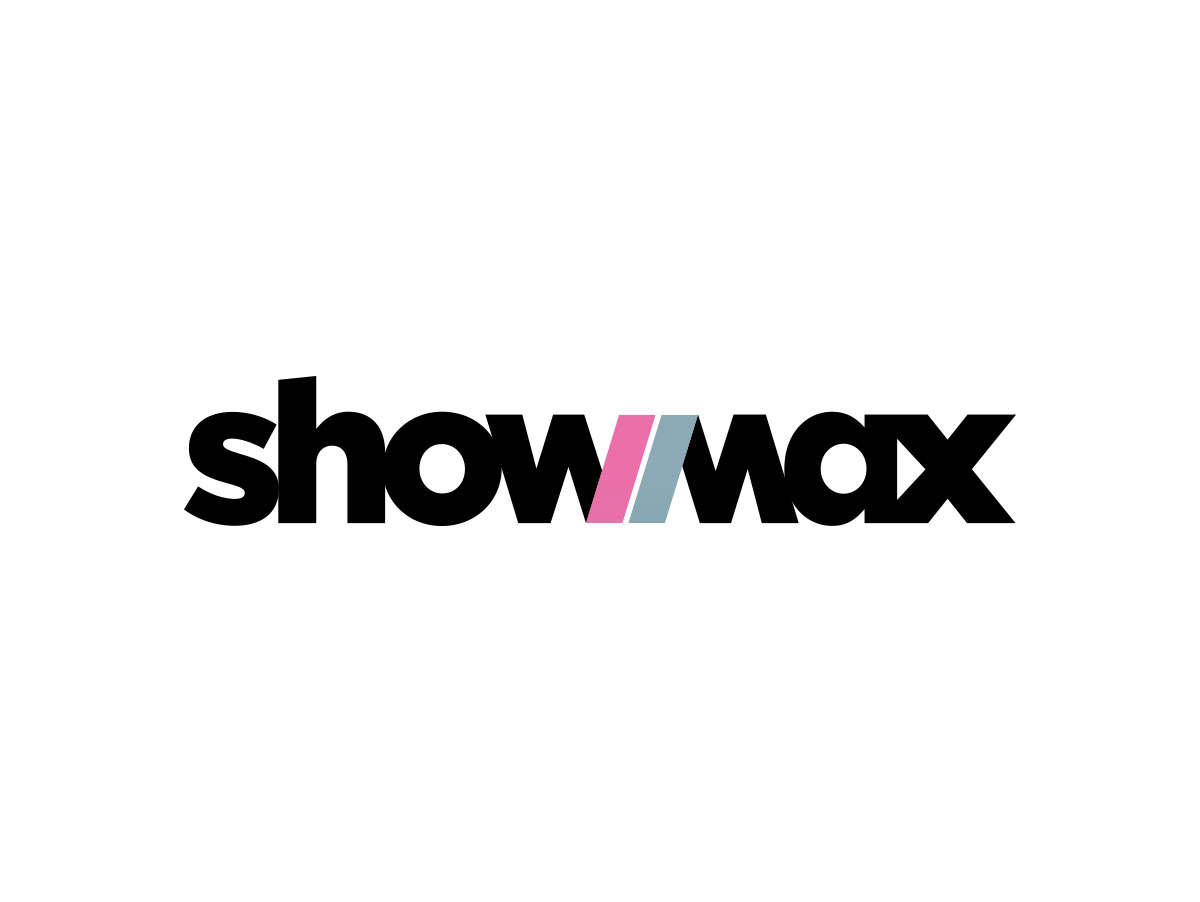
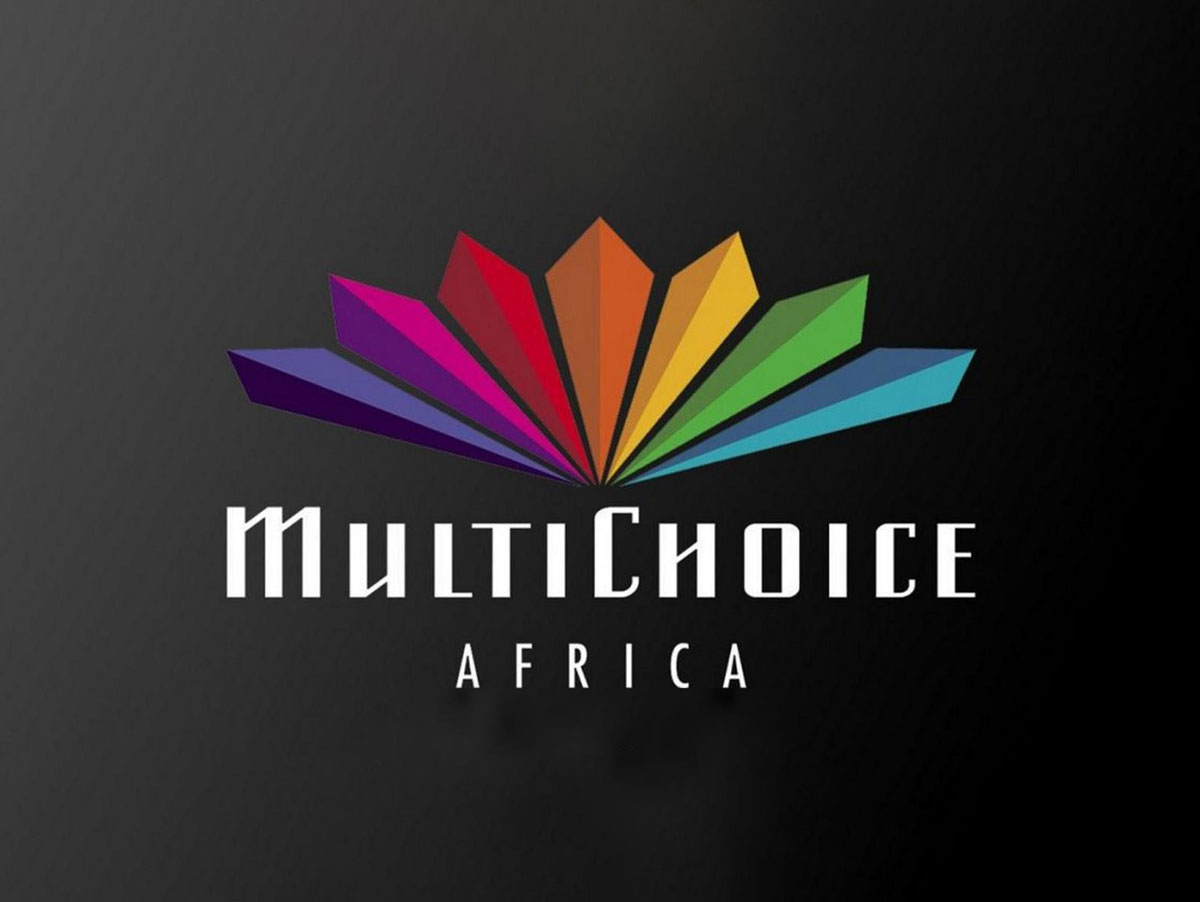
MNET / Showmax / Multichoice Group
- Since 2023 various buyers from MNET South Africa (mainstream pay/SVOD) and Showmax (African themed OTT service) left the Group, some for Tier 1 streamers.
- MNET/Showmax also announced a cooperation with Sky/NBCU/Comcast groups re a joint streaming approach to production and service offerings in Africa.
- Now, due to the April 2024 announced merger with Canal+ International, buying is still, as of 2025, being consolidated further (and at time of writing, indie one-off buying appears frozen for the moment).
- As of spring 2025, the merger approval was announced to be delayed further pending regulatory challenges and is not anticipated to be completed before late autumn 2025.

- Spain, Portugal Pay-TV, TVOD, and SVOD buyer and Originals funder, usually mainstream/commercial and local fare, but appetite for Spanish/Portuguese language indie content as well.
- Occasionally they still buy from indie sources including U.S. (such as a non-current SXSW Audience Award winning feature drama, and sports-themed nonfiction content).

- Channel 4 rebranded its All4/4oD in UK, consolidating digital and traditional all into one place; “4.” Still buying and sometimes funding indie film and docs on a flat-fee basis generally but more heavily still emphasizing series and UK creators, with some exceptions. For non-UK based indies, series are favored over feature films.
- And Channel 4’s AVOD/SVOD for foreign (non-UK) series, Walter Presents, expanded to more regions (including as Walter’s Choice in U.S.). Walter Presents is only buying, not funding.
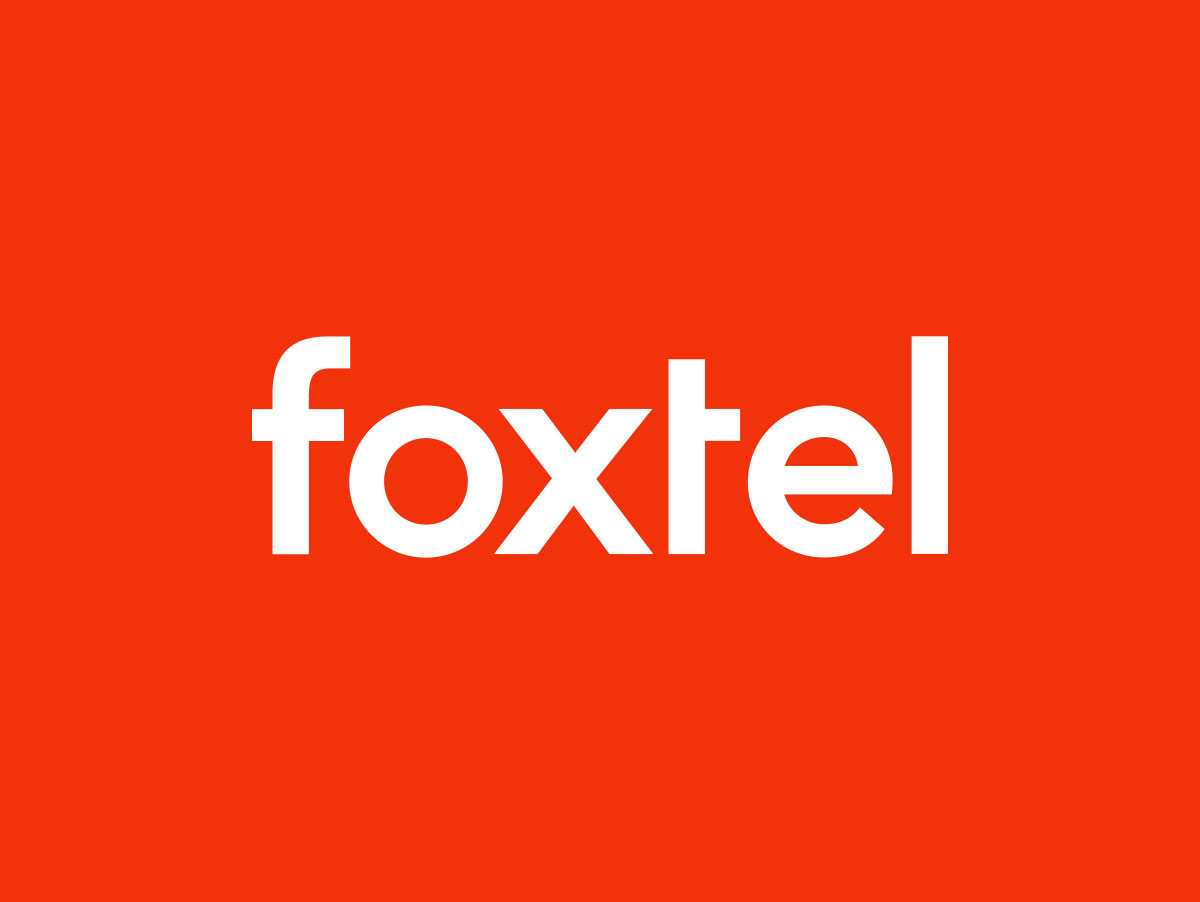
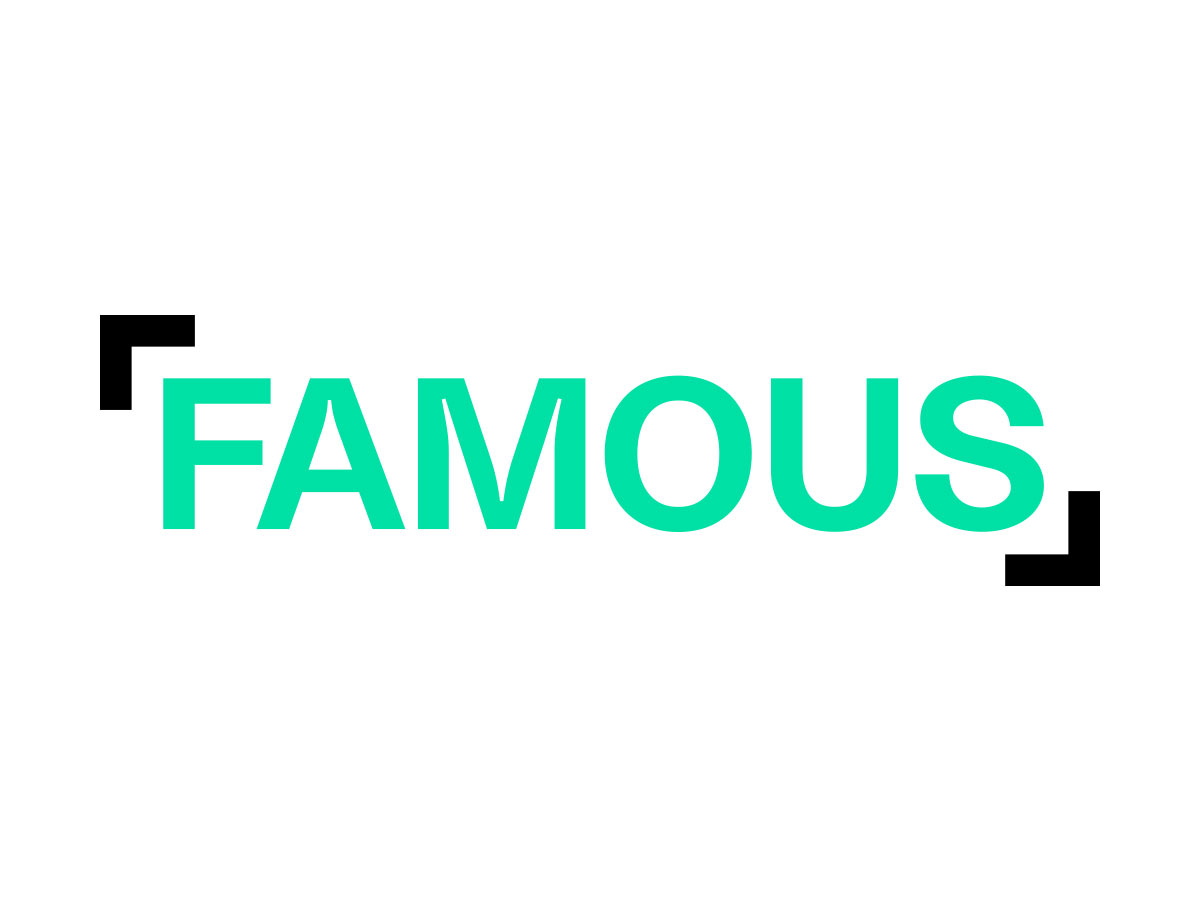
- Added BINGE SVOD and FOXTEL DOCOS, now called FAMOUS, which focuses on broadcasting documentary films and docuseries. (100% docs, usually character/personality driven.) Usually flat fee deals.

- Mainstreamer, the SVOD arm of Channel 9 TV in Australia. The service offers a broad range of film and television content from both local and foreign productions, particularly from the U.S. and UK. Stan also includes a growing library of their own Originals. With over 2.6 million subscribers, as of now Stan is the fourth largest streamer in Australia, behind Disney+, Amazon Prime, and Netflix.
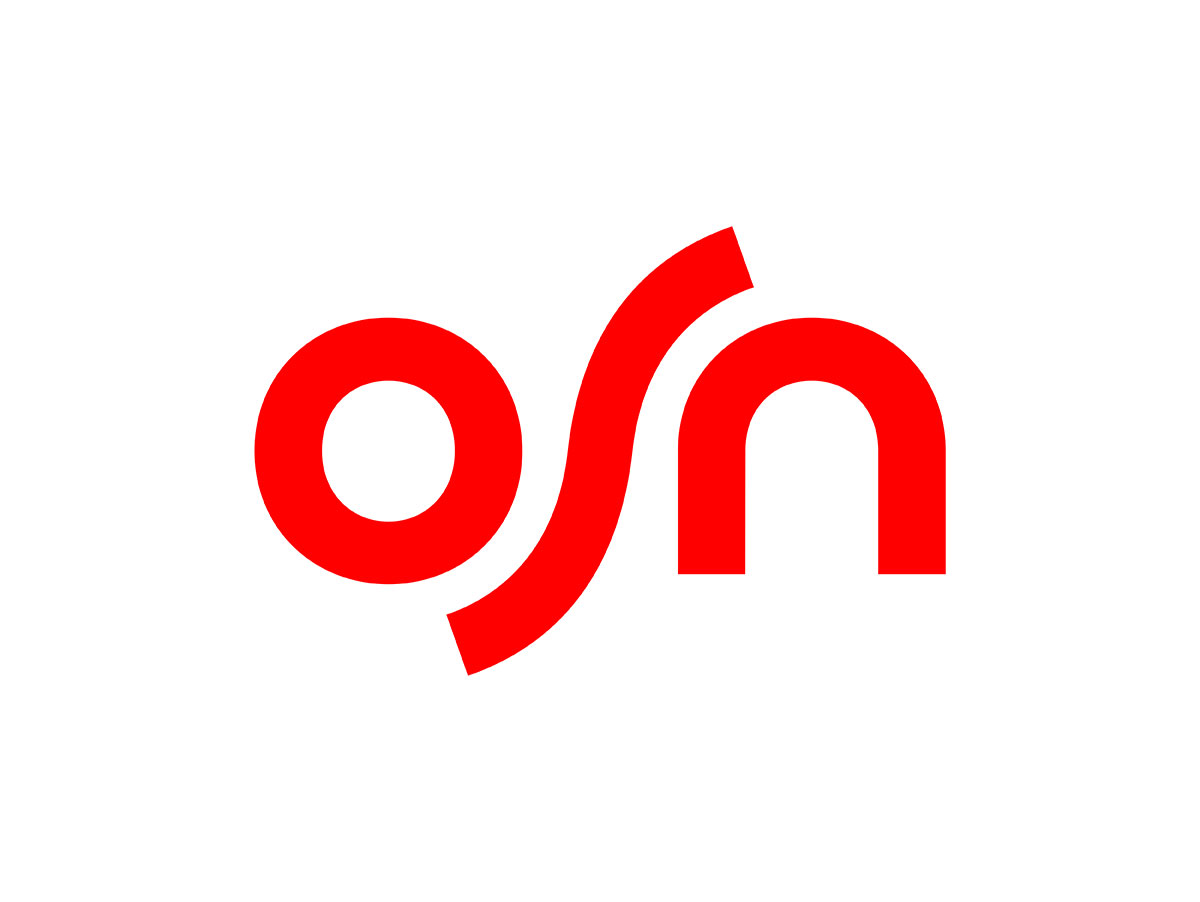
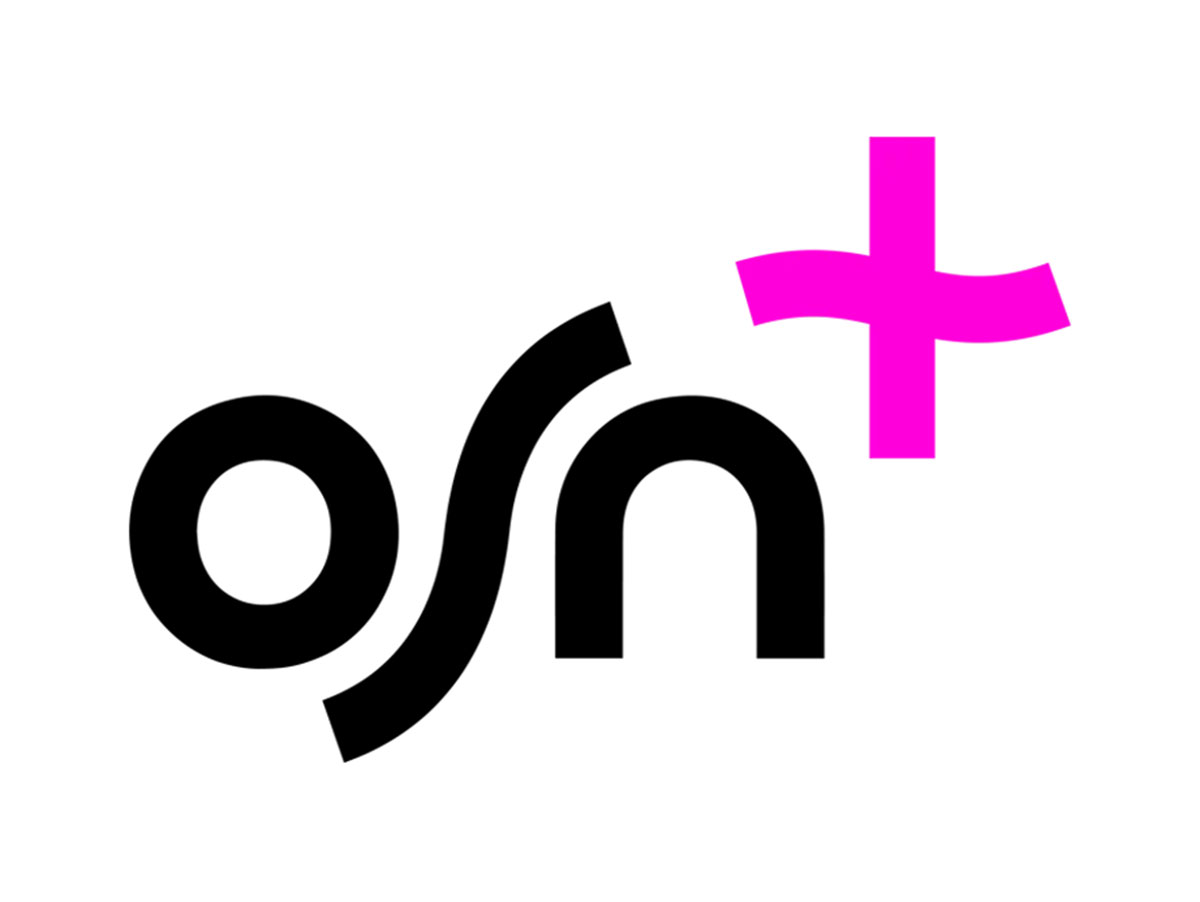
- OSN (Orbit Showtime Network) and its SVOD streamer OSN+ are mainstreamers based in and serving MENA (Middle East and North Africa) regions. Mainly MPA studio and brand international content (such as BBC) along with Arabic, Turkish, etc. local content. Open to some international indie buying as well. Competes with Shahid.

- Market leader—Saudi Arabian content-streaming platform, the most watched Arabic streaming service in MENA. Operated by MBC group and offering a wide range of entertainment content, including movies, TV shows, Originals, sports, etc.
- MPA studio and other American programming partnerships, some indie buying for select docs and films with profile.
C) TIER 3 TYPES – Changes and new buyers
Although some of the earlier indie film and doc services profiled in my last blog sadly fell away, others have stabilized, morphed, and matured, and new services have also launched. CAVEATS: This list and the DDG is NOT exhaustive, but an illustrative snapshot at this time. To help bring it down to earth, I’ve focused only on services that have done a deal with a niche indie/doc filmmaker from the U.S. in the recent past.
As before, most deals are non-exclusive, which allows you to ripple the film to genre competitors as well. For example, if dealing with a horror site such as Shudder, one can explore the other various competitors in horror; if dealing in art house, e.g. MUBI or Filmin, one can explore deals with 10 others, and similarly with documentary and niche/micro niche sites.
I can’t stress enough the necessity to matchmake the film to the platform. For example, if looking at 10 docs sites for your film, go deeper into the programming; is the character of the site you are about to pitch millennial/reality docs, fast paced (e.g. like an Insight.tv) or educational/tv/science type docs (e.g. like a Curiosity Stream) or character-driven features (e.g. like a GuideDoc or Docsville)? Can you identify or reference films already on their site that are comparable, so that when crafting your pitch you help the programmer/buyer see the fit?
In terms of business models, all of the below are still SVOD buyers, not funders (unless specified).
I first list some key indie movie sites which also buy different multiple formats and genres (e.g. docs, shorts). I then list some niche, genre-specific sites (e.g. docs only, horror only, shorts only); refer to the DDG for more.
i) INDIE MOVIE SITES
-
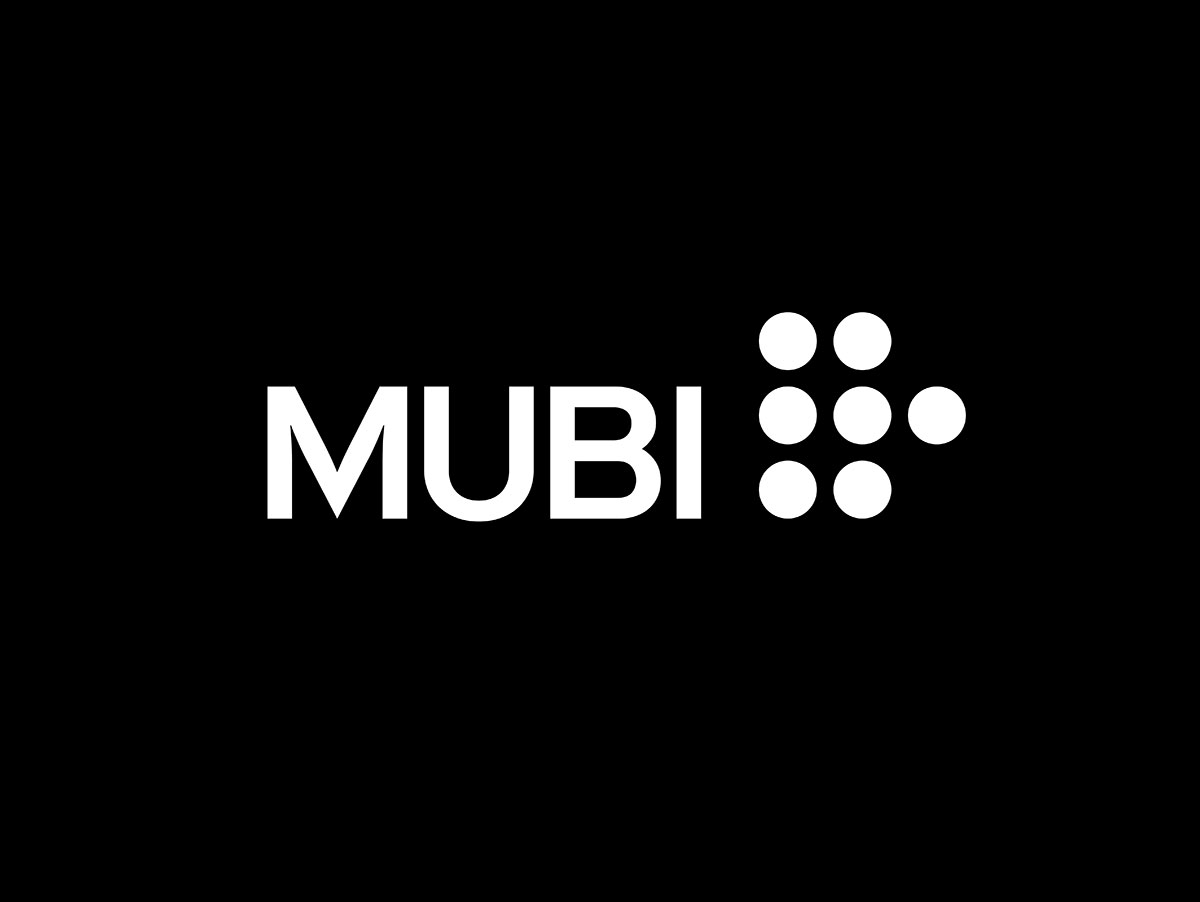
MUBI • Art house—around for more than a decade—is now global and has moved additionally into limited theatrical high-end acquisitions/distribution as well as adding more library titles (MUBI Releasing, MUBI Collections). Generally, a high-quality editorial prestige site, but not historically known to be the best paying site for indie filmmakers licensing titles, (with some key high-profile exceptions). Not funding.
-
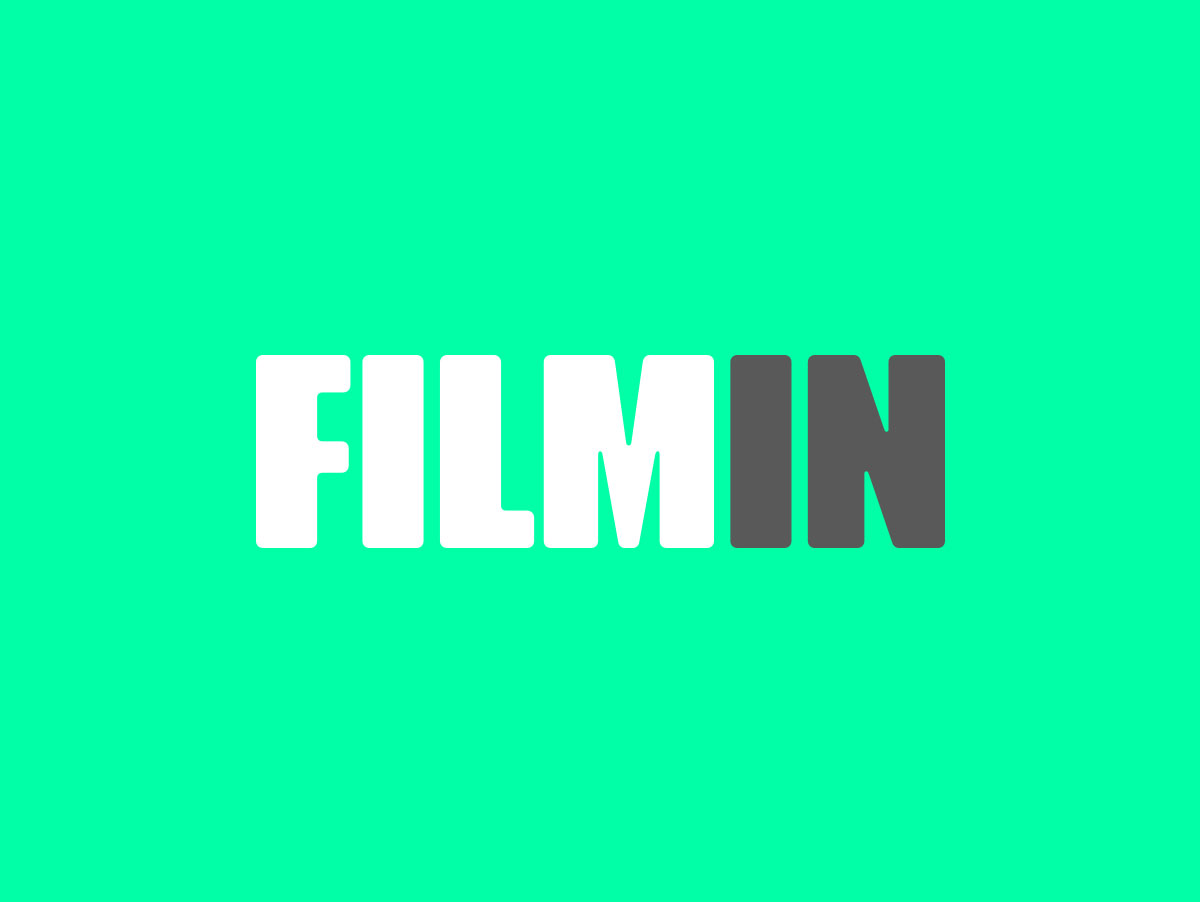
FILMIN • Spain and Portugal SVOD, no longer buying for Mexico. Also going strong for more than a decade, lovely curation, with a wide catalog across different regions of sourcing and different genres. Often buying from North American indies (not just world cinema or European), in both features and docs, current and library titles. Sometimes flat fee, other times MG plus rev share, increasingly rev-share only, for non EU indies. It is also connected to festival and theatrical in the region. Occasional Originals/funding (but not with U.S. indies).
-
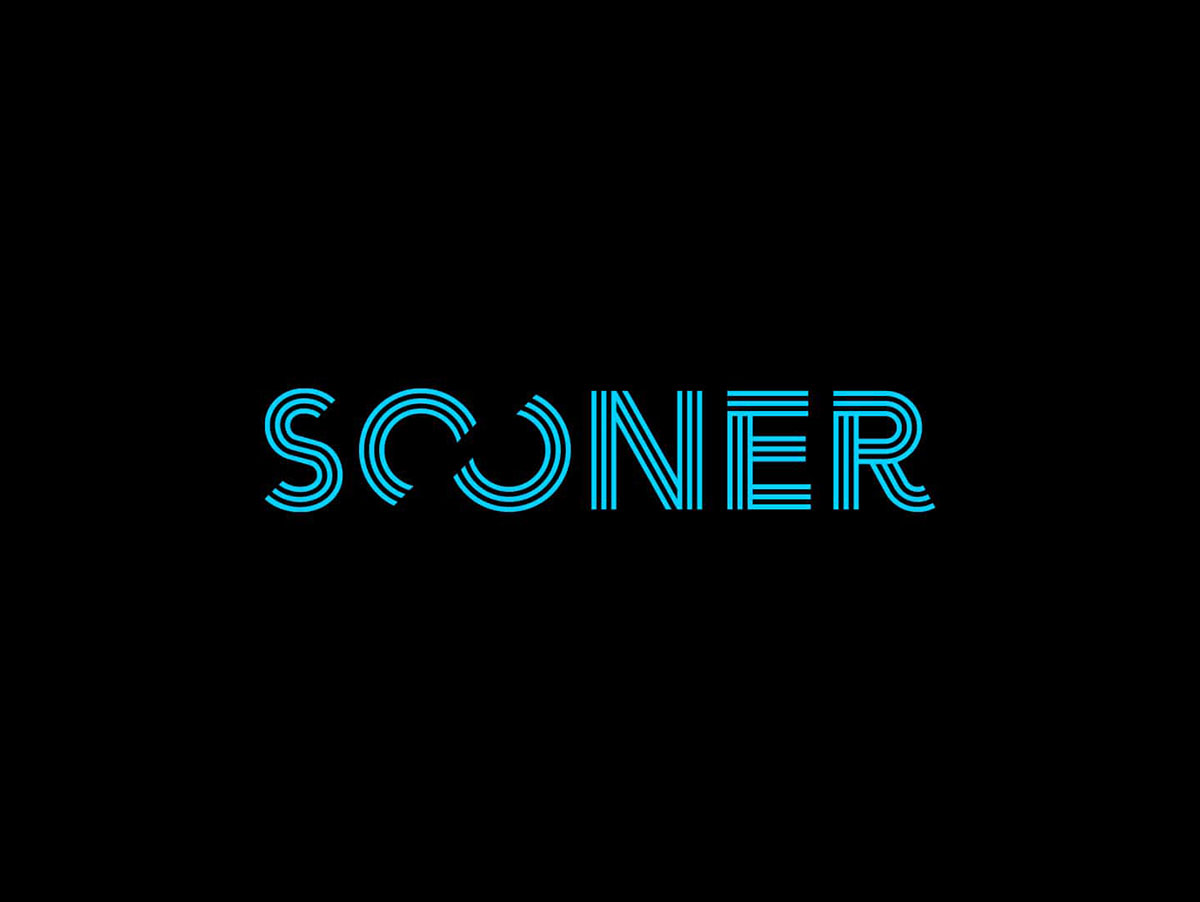
SOONER • The former niche art house sites UnCut and Universcine consolidated/became SOONER SVOD in Benelux and GAS (Germany, Austria, Switzerland) regions (and the parent group is still continuing as Universcine for VOD/SVOD in France). Buys films, indie series, and shorts from abroad as well, but with smaller flat fee or most of the time rev share. However it markets content well and sometimes event cinema screenings or other promotional approaches are supported, e.g. road shows of filmmakers, particularly around festivals.
-
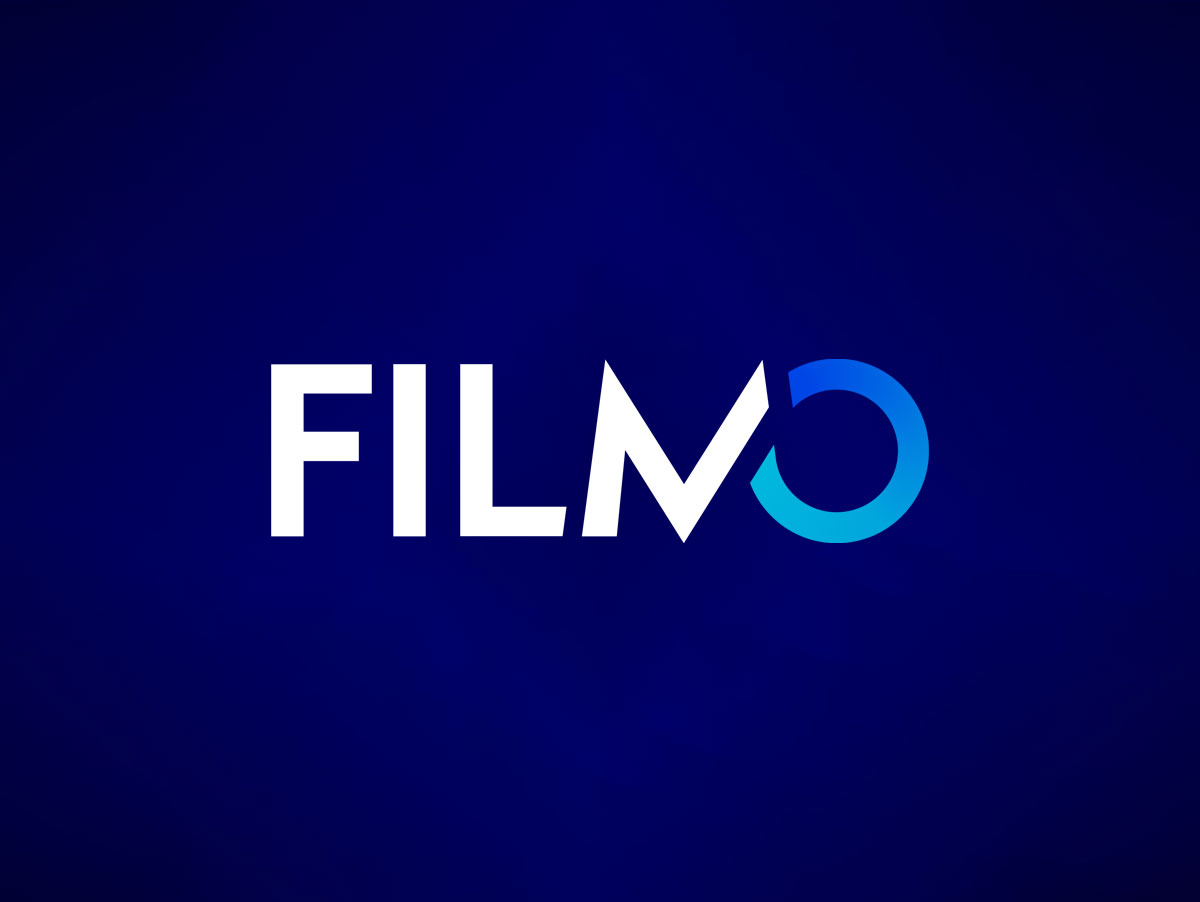
FILMO (formerly FilmoTV) • Rebranded to FILMO and comprises TVOD/SVOD art house/France region (originally via its founder Wild Bunch sales agent, with similar calibre films, no series). Flat fee or rev share/MG. Wildbunch also started a related AVOD/FAST called Wild Side TV for older library titles of that genre.
-
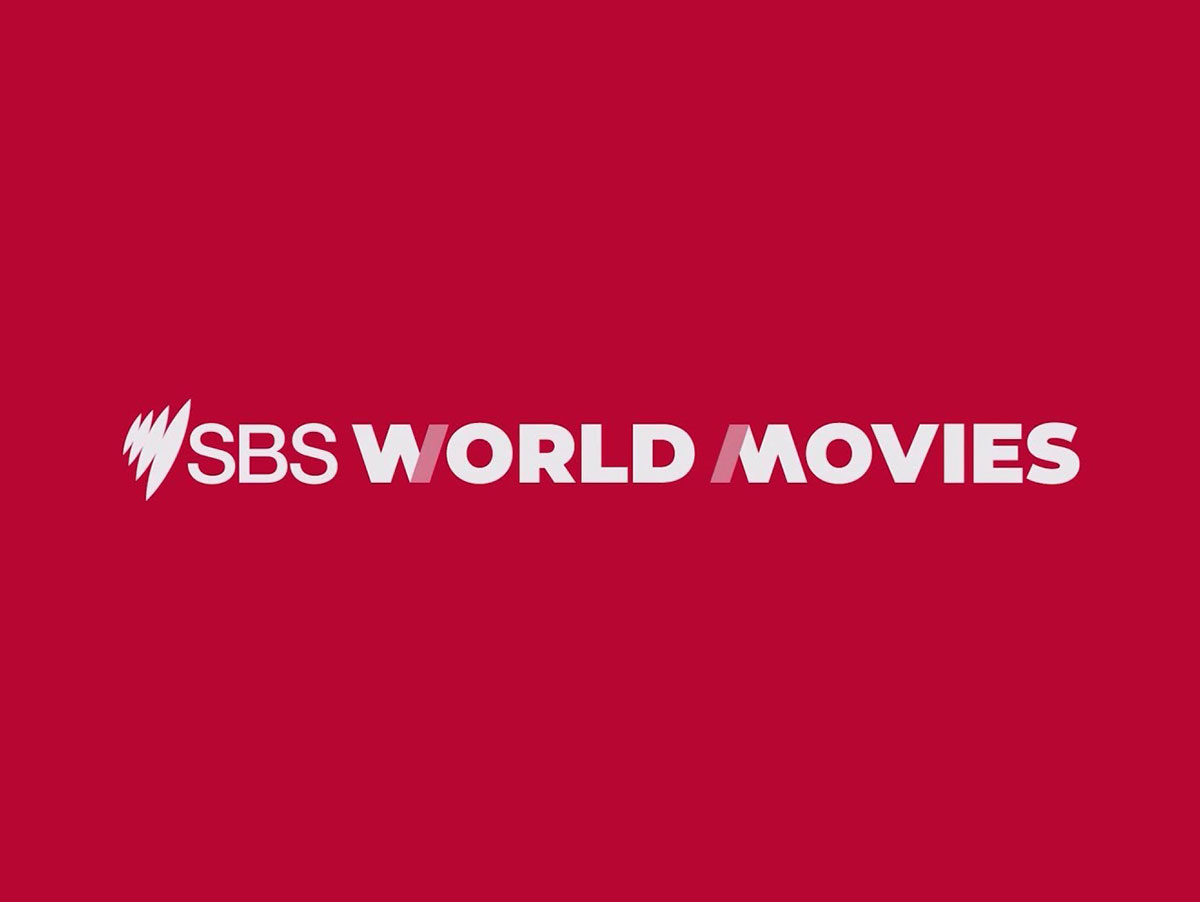
SBS / SBS On Demand / SBS World Movies • networks (Australia): World Movies was first SVOD/PAY but now changed to AVOD and free tv, like SBS network with flat fee deals. They still focus on films, and some docs, from outside Australia (emphasis on world cinema, diversity themed). Flat fee.
-
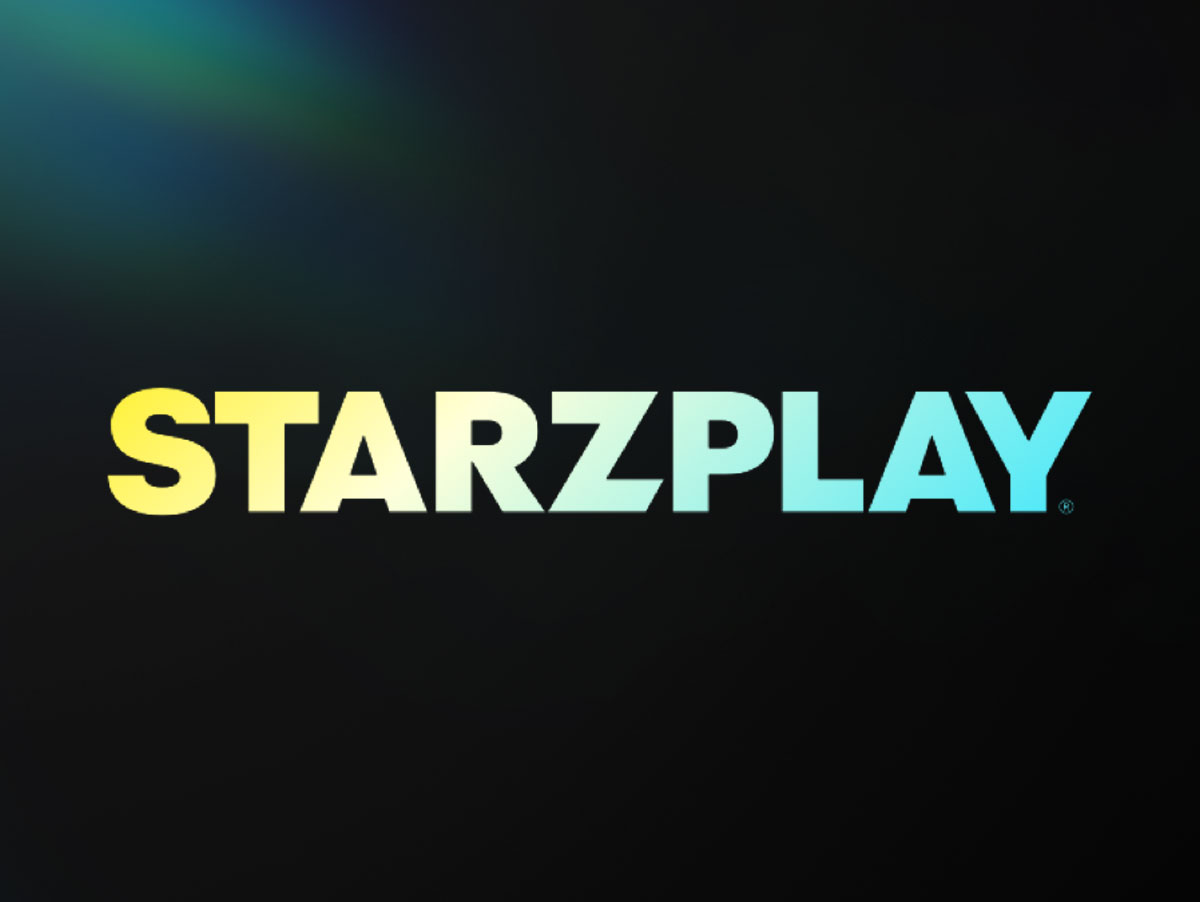
Starz Play • As part of the severe contractions and shutdowns in former Starz International and Lionsgate+ SVODs, MENA (Middle East and North Africa) region still remains and thrives, thus if your film or doc deals with MENA, they can still be a buyer. Flat fee. Their mainstream competitors include SHAHID.
-
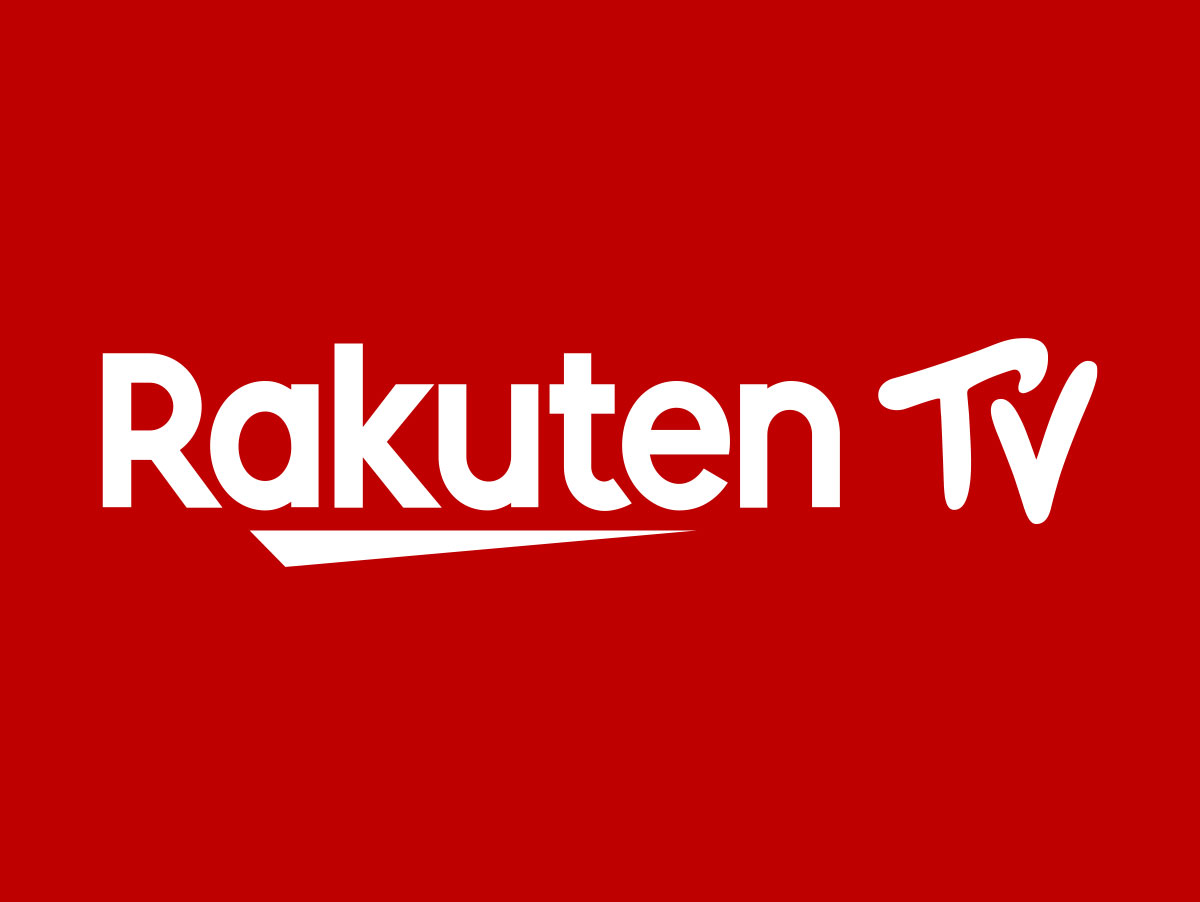
Rakuten TV • Mainstream and niches. Since last blog, it changed its TVOD/SVOD business model and programming emphasis across 40+ EU regions, to be almost entirely AVOD/FAST channels (rev share mainly, or sometimes MG). They are still selectively buying, including from U.S. indies, but one-off titles are not favored against packages or thematics. Occasional funding (Originals) but not U.S.-sourced, rather EU and mainstream.
…and some NEWER INDIE MOVIE SITES (not in the last blog)
-
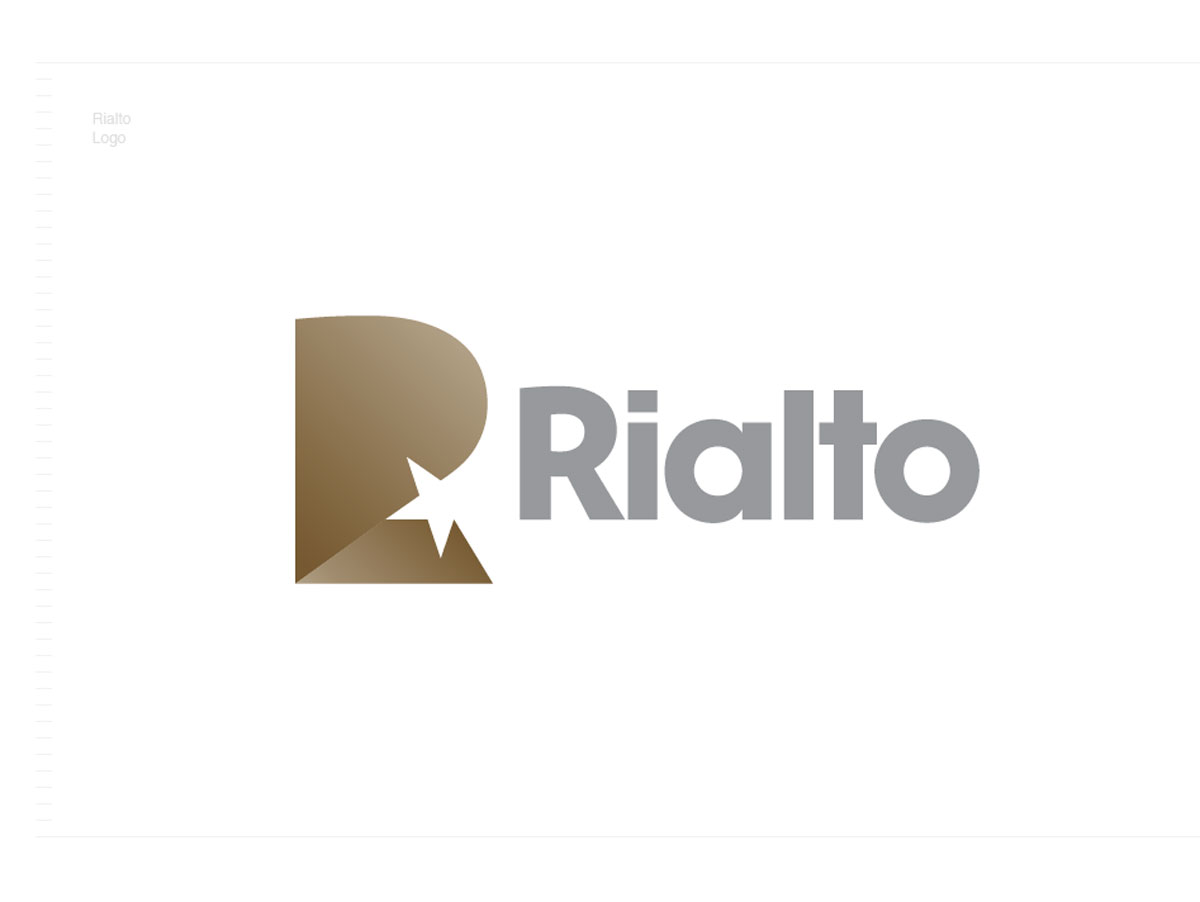
Rialto • (NZ) – Indie film tv channel and also SVOD in NZ, Australia, Japan. Flat fee. Buyers however are increasingly less responsive to indie film suppliers from abroad, occasional deals possible on flat fee.
-
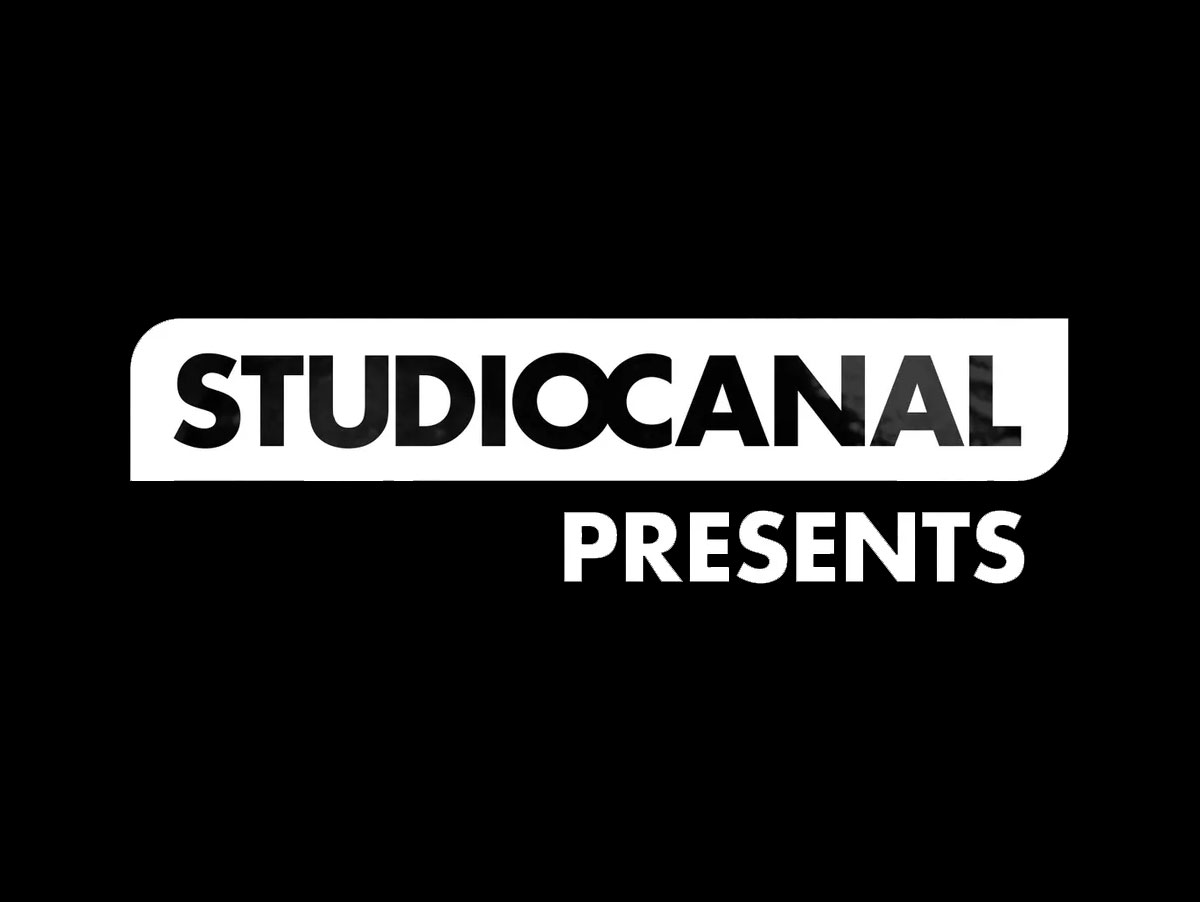

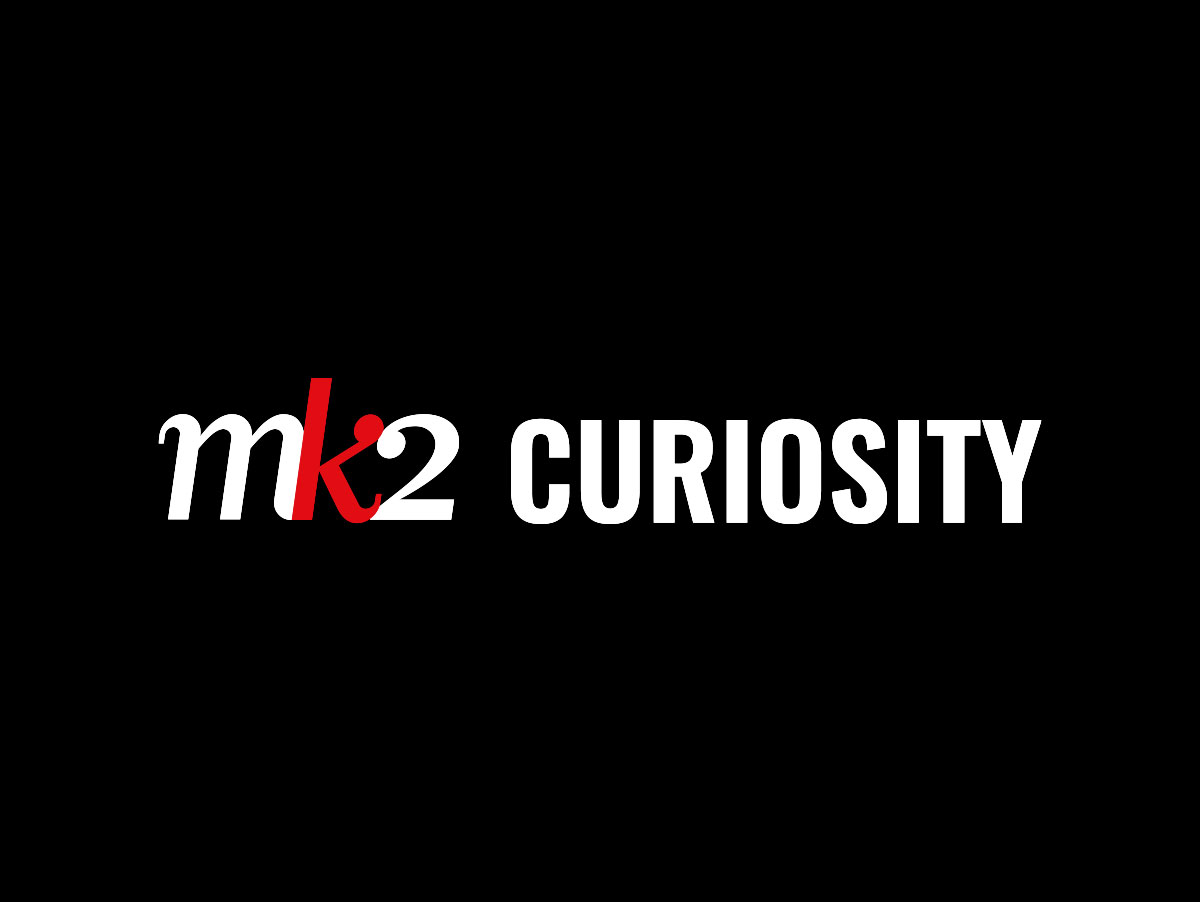
Studio Canal Presents and MK2 Curiosity • These two unrelated newer sites are each art house SVODs in France but generally for films they’ve picked up for distribution, with very limited third party licensing. Similarly, StudioCanal has added its StudioCanal ARTHAUS SVOD site in Germany.
-

Highball TV • Acquires indies films and docs for SVOD and sometimes other models. Programmed by a former longtime TIFF festival programming head. Curation criteria are basically films that played in festivals, but with monetization (even though it is an SVOD) mainly on a rev share basis.
ii) DOCUMENTARY (100%) SITES
-

Curiosity Stream • A global SVOD founded by original Discovery founder. This mainstream SVOD is across 200 countries, and has since added an AVOD/FAST business model (Curiosity Now) to SVOD Curiosity, and has also continued to fund Originals selectively. Flat fee deals. In 2023-24, buyers changed frequently, however, and acquisitions were more limited as of time of writing, hopefully opening up later this summer. By late 2024/25 there were more changes in buyers again and sadly, buying from indies was put on hold, for budget reasons. It has resumed somewhat as of spring 2025, but sometimes only on a rev share basis, not the usual prior higher flat fees.
-
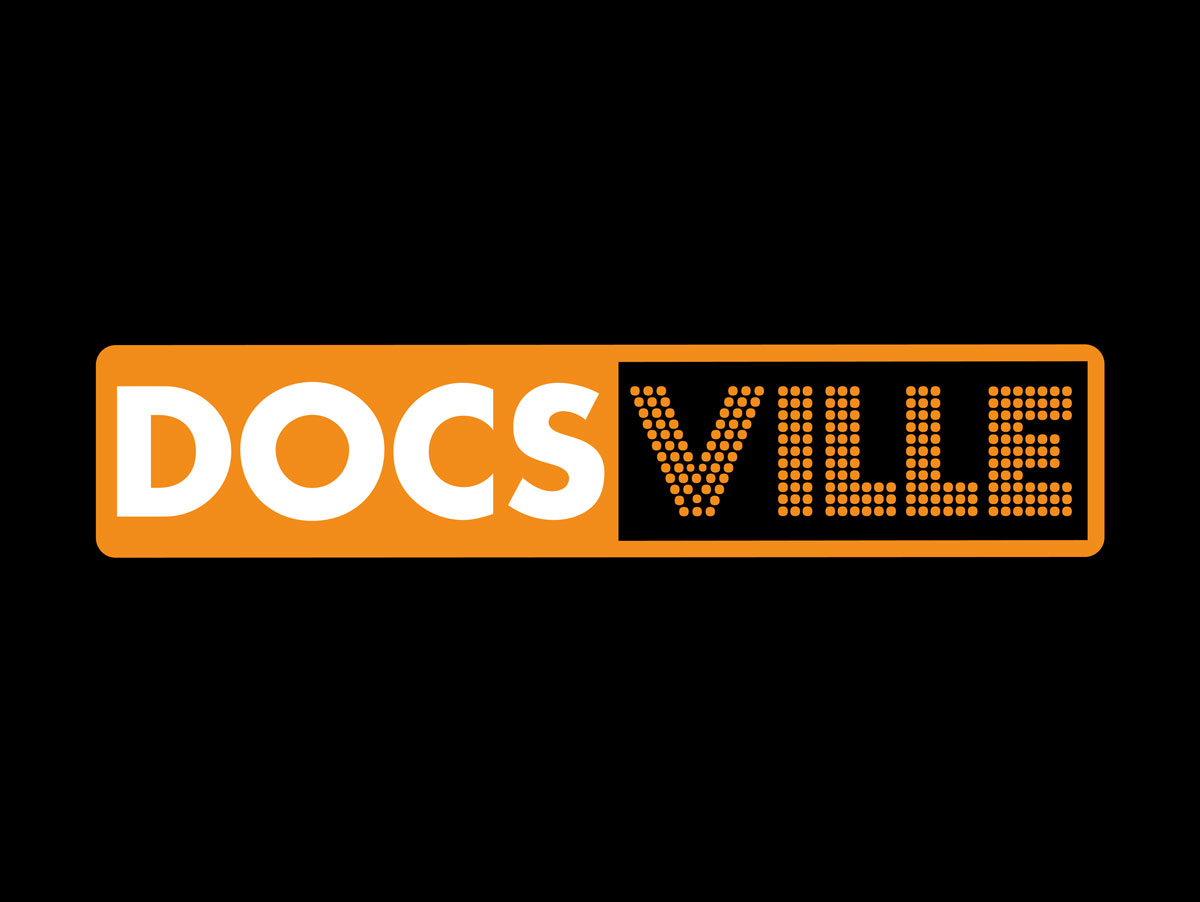
Docsville • SVOD of curated and character-driven docs. After being dormant a few years since the time of last blog, was reborn, and is now actively curating and buying (after the corporate investment by Lightning International (Asia) in 2023). Now they seek global rights, not just in UK; however, sadly, switched generally to a rev share model for SVOD/AVOD/FAST. They also have Docsville Studios for Originals/funding. They started adding FAST (FAST channels) to their rights ‘ask’ (but caution on your windowing and price-value relationship as revenues may not be exciting.)
-
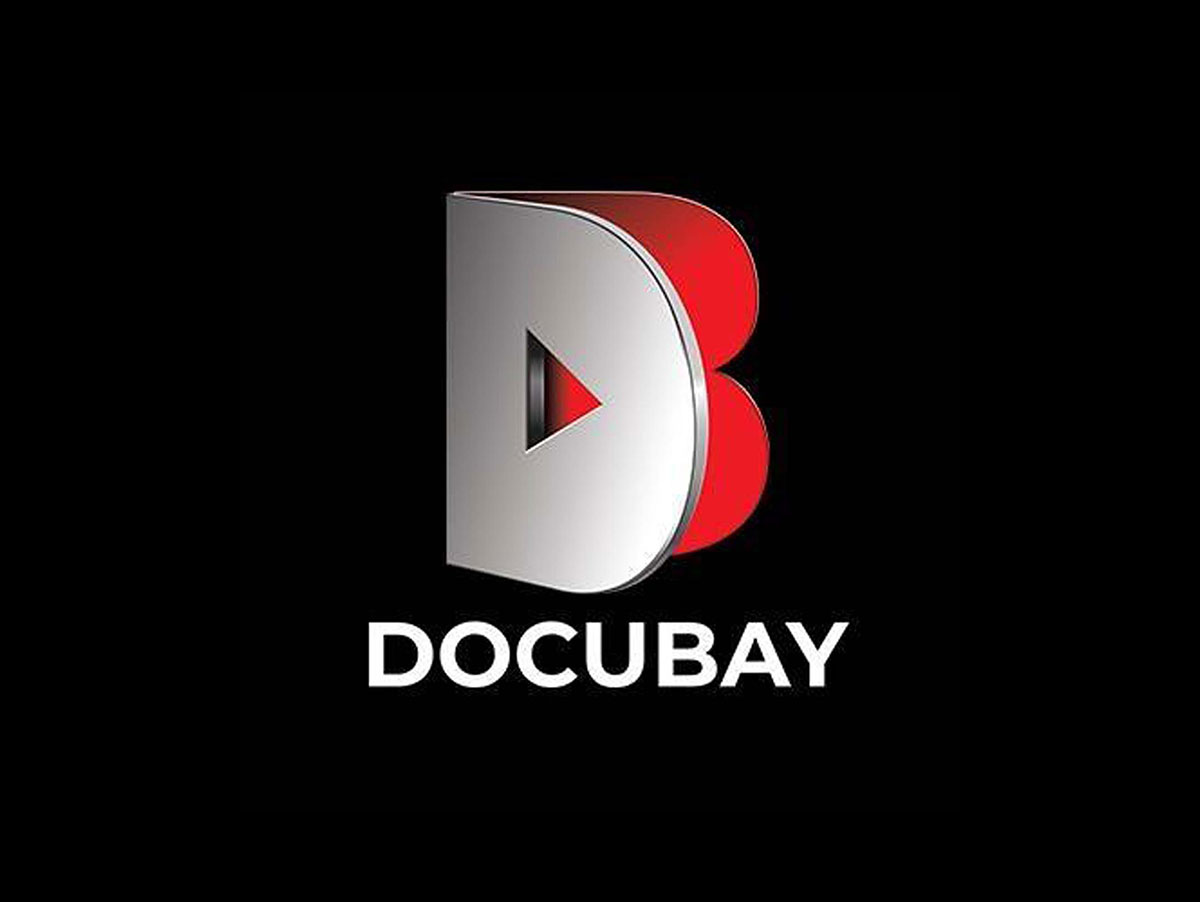
Docubay • (India, SVOD, linear) They’ve added linear (a sort of FAST but without ads/monetization!) to their rights “ask” in acquisitions, but disappointingly moved from earlier higher flat fees to a lower flat fee or rev share with MG. They ask now for more regions (global or at least English abroad) and the service is often carried on other platforms like Amazon as an add on. They frequently buy from U.S. indies, but preferably in volume packages via distributors (or sometimes via producers joining together in a common deal).
When pitching, try to already matchmake your doc to the categories/types of docs they offer on the site: topics include crime, nature, biography, culture, travel, history, music, sports, humanity, adventure, and politics.
-

Insight.tv • (SVOD/Pay-tv, linear, FAST/AVOD) Global, UHD (Ultra High Definition) offerings (linear) but also SVOD, AVOD/FAST channels globally. Healthy flat fee deals, and fund Originals and coproductions. Completely different style, i.e. commercial and very fast paced nonfiction/reality/lifestyle/millenials and increasingly mainly series, but some one-off feature doc buying is possible.
And some NEWER DOC SITES (not in prior blog):
-
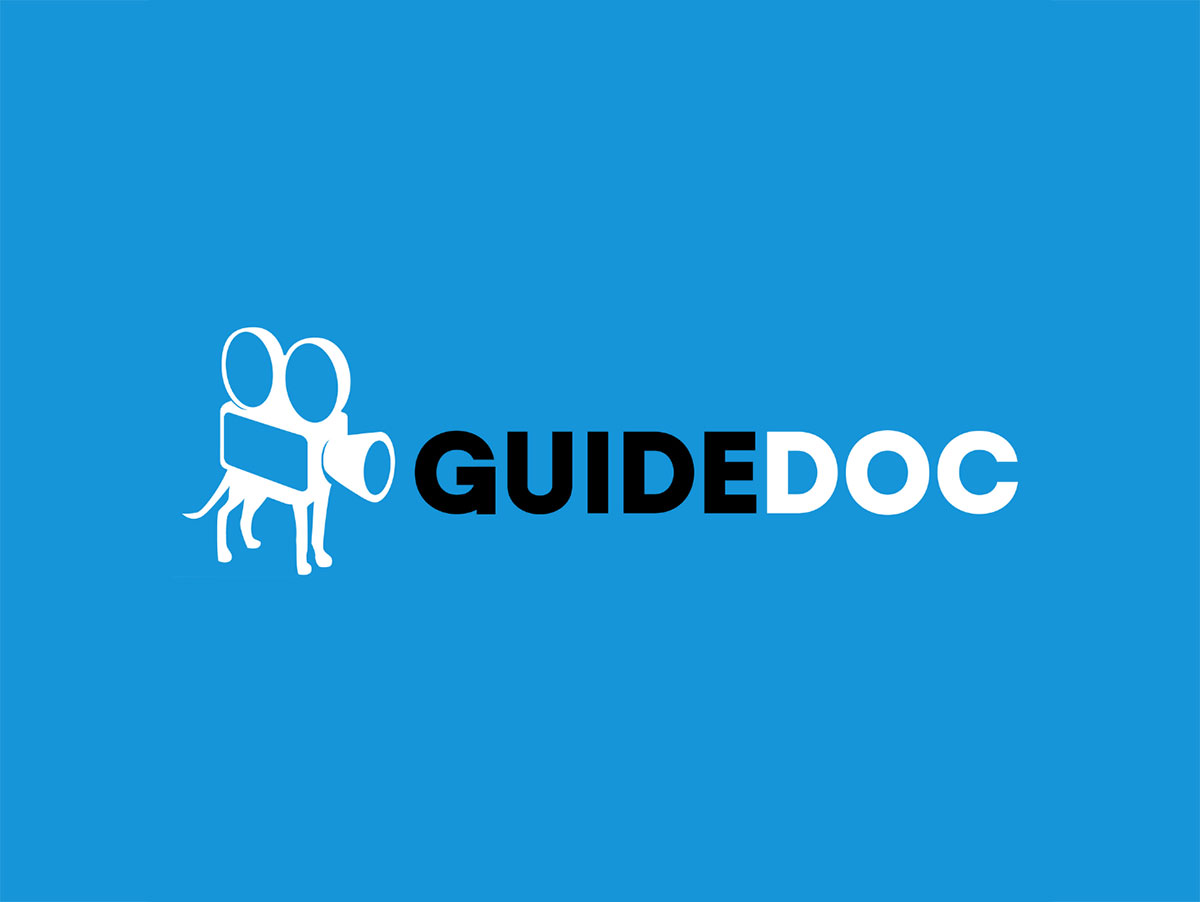
GuideDoc • (Spain) Curated site with flexible deal terms (contract posted on their website, transparent), multi region and avid docs buyer from makers abroad and in EMEA (but can carve out regions). Rev share. Pleased they’ve been buying a lot in 2024-25. Good editorial curation, profile and presentations of producer’s packages of films (instead of just buying one- offs); we’ve seen many packages acquired lately from indies including not only Current titles but selectively their older library (80s-2010s) titles as well, thus profiling the filmmaker (or theme) not just the film.
-
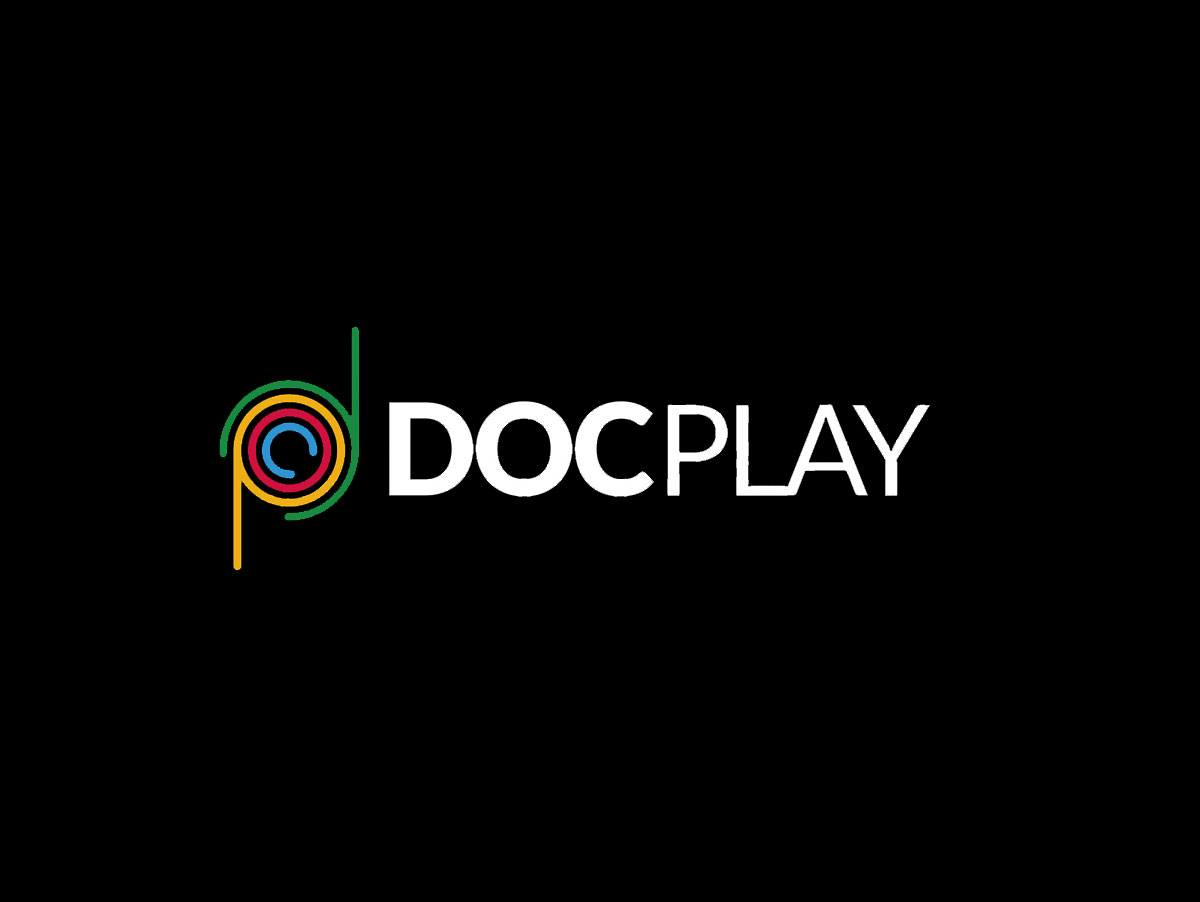
DocPlay • (Australia) An SVOD platform run by Madman Entertainment (the local Oz distributor), they show films in their own catalog of course, but also acquire various from third parties and international markets (including U.S.) not represented by Madman. Usually licensed on a flat fee basis for the Docplay platform. In late 2024-5, however, they have reduced their third party buying significantly and their buyers are less responsive to internationals who are not already signed with them for all-rights Distribution…that’s a disappointing shift.
-
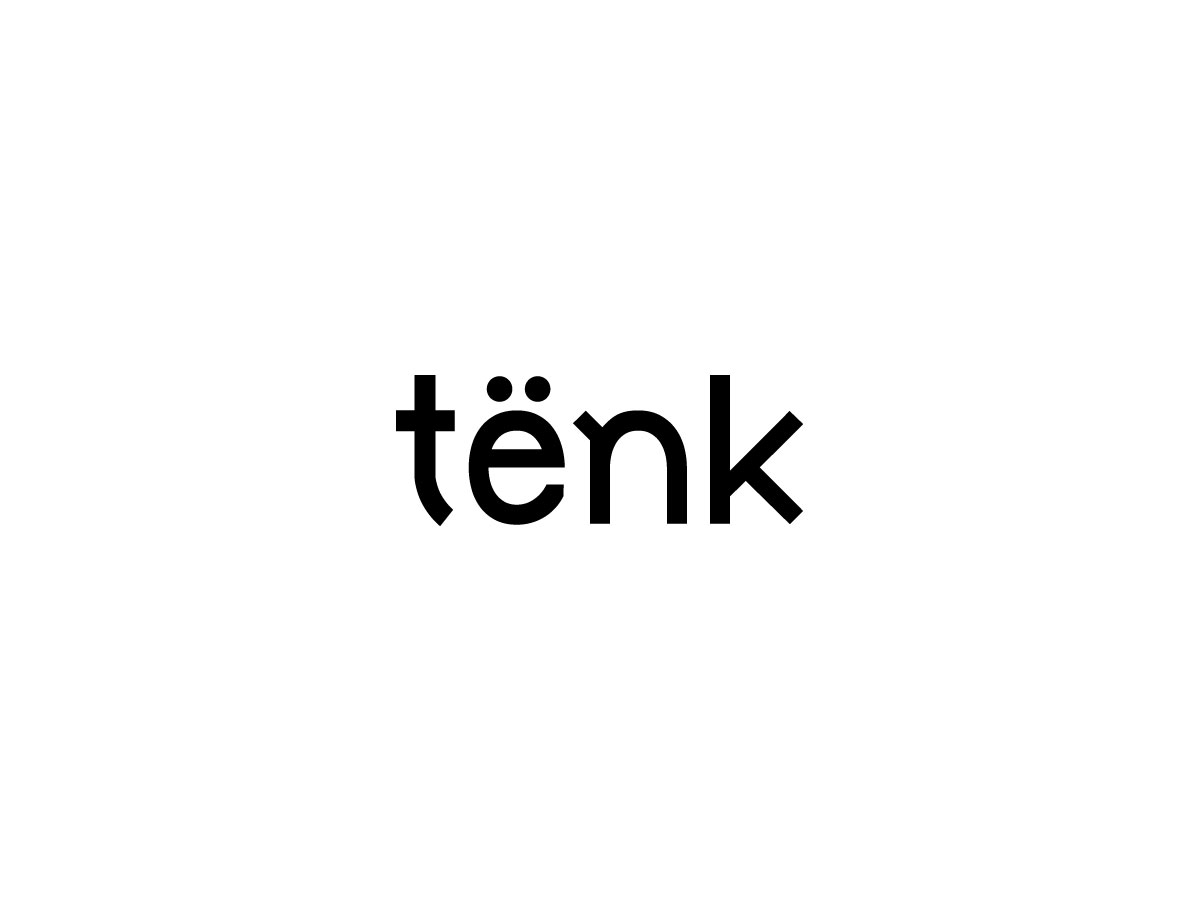
Tënk • (Docs-only SVOD) Expanded beyond France roots to Quebec and English Canada. However, although highly reputed in editorial quality it is still very low “rev share” or flat-fee monetization.
iii) Some NICHE OR MICRONICHE AUDIENCE SITES
-
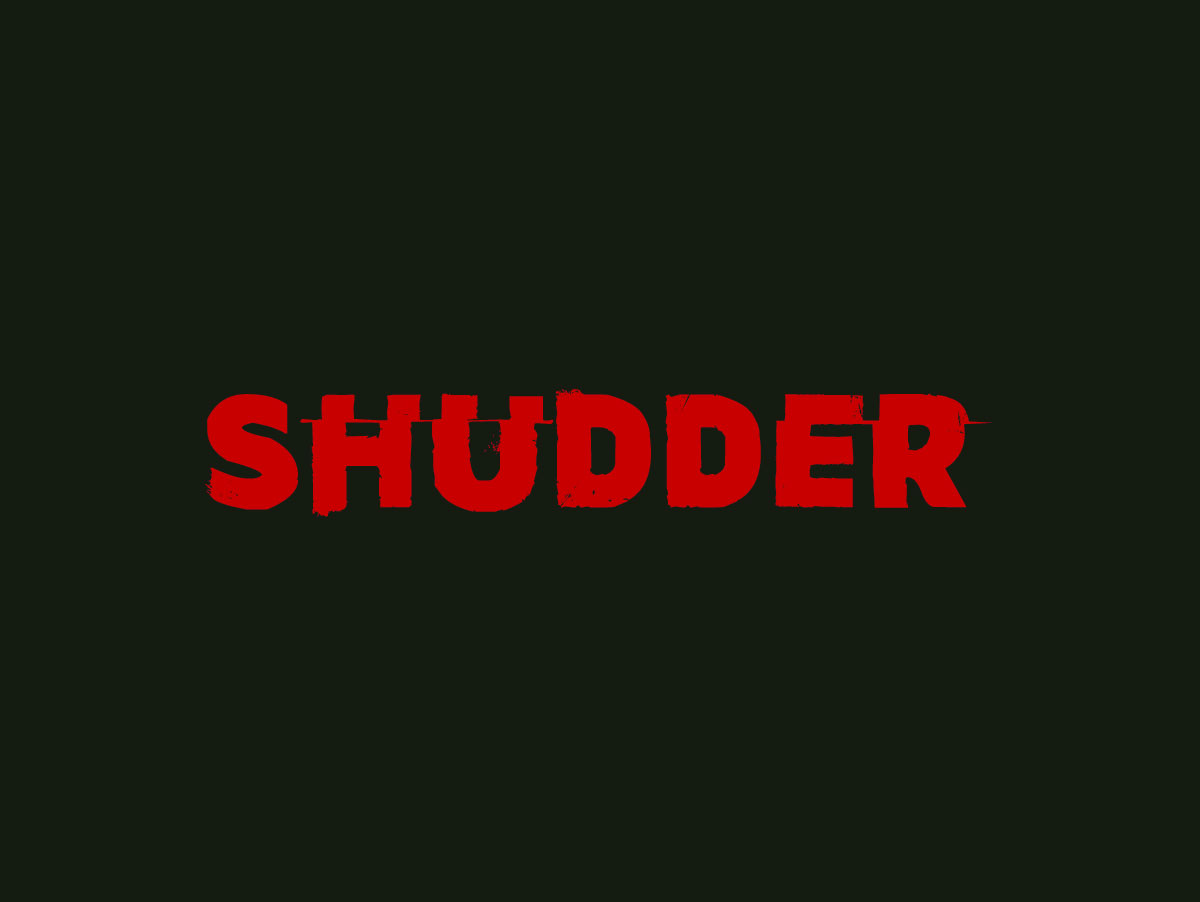
Shudder • Horror leader, expanded its SVOD regions to UK/IE, U.S., Canada, Australia, New Zealand, and some other EU. Occasionally still funding Originals.
Keep in mind in nonexclusive deals can also be suitable for other competitors in the sector such as Planet Horror, Cine+ Horreur, Screambox, etc., and this approach applies to all Tier3 niches and genres. As above, look not only at the more known sites but also its competitor buyers.
-
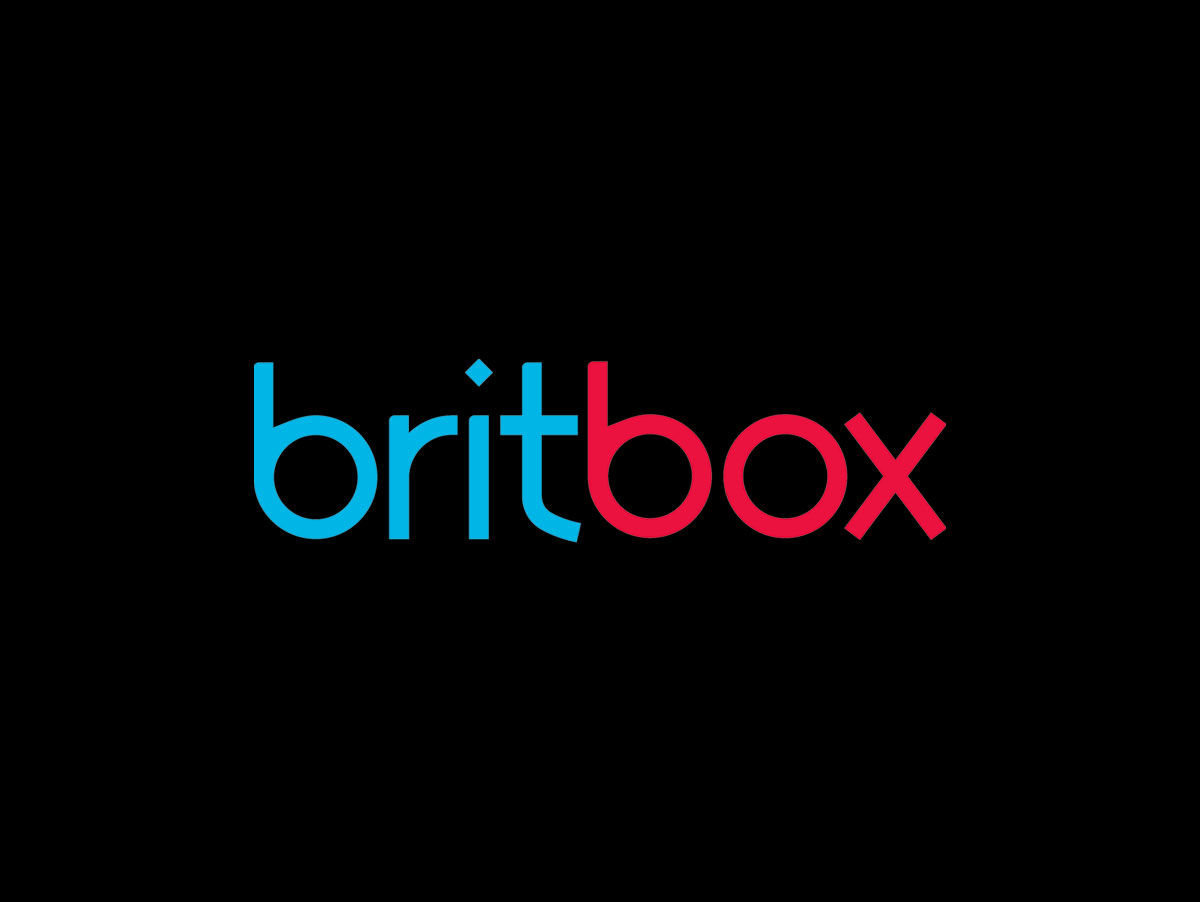
Britbox • Although Britbox is still available in the rest of the world, this “Best of British” site, as of April 2024, has ceased in the UK and its content there is now rolled into ITVX Premium (SVOD) (now owned by BBC). It still continues internationally, in North America, Australia, South Africa, and Nordic region (Sweden, Denmark, Finland, Norway). The opportunities for indies are more for licensing works that were co-produced with or connected to the UK. Flat fee.
-
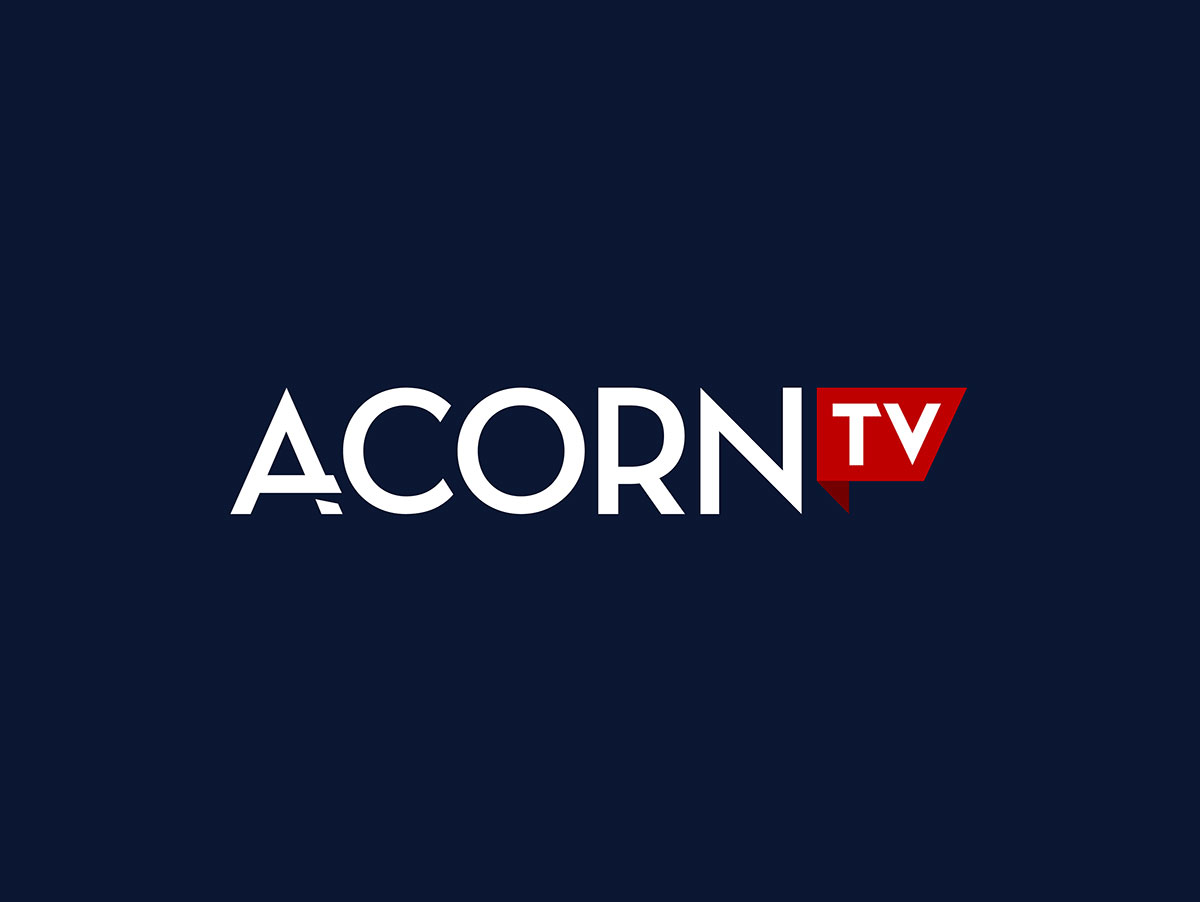
Acorn TV • SVOD, also a “Best of British/Colonies” thematic, lately more series than film, expanded so it can buy for U.S., Canada, UK, Latin America, Spain, Australia, New Zealand, and the Nordics. But has since pulled back from other regions like the Netherlands and South Africa, and in 2025 pulled back from (stopped its service in) Portugal and LatAm. Flat fee.
-
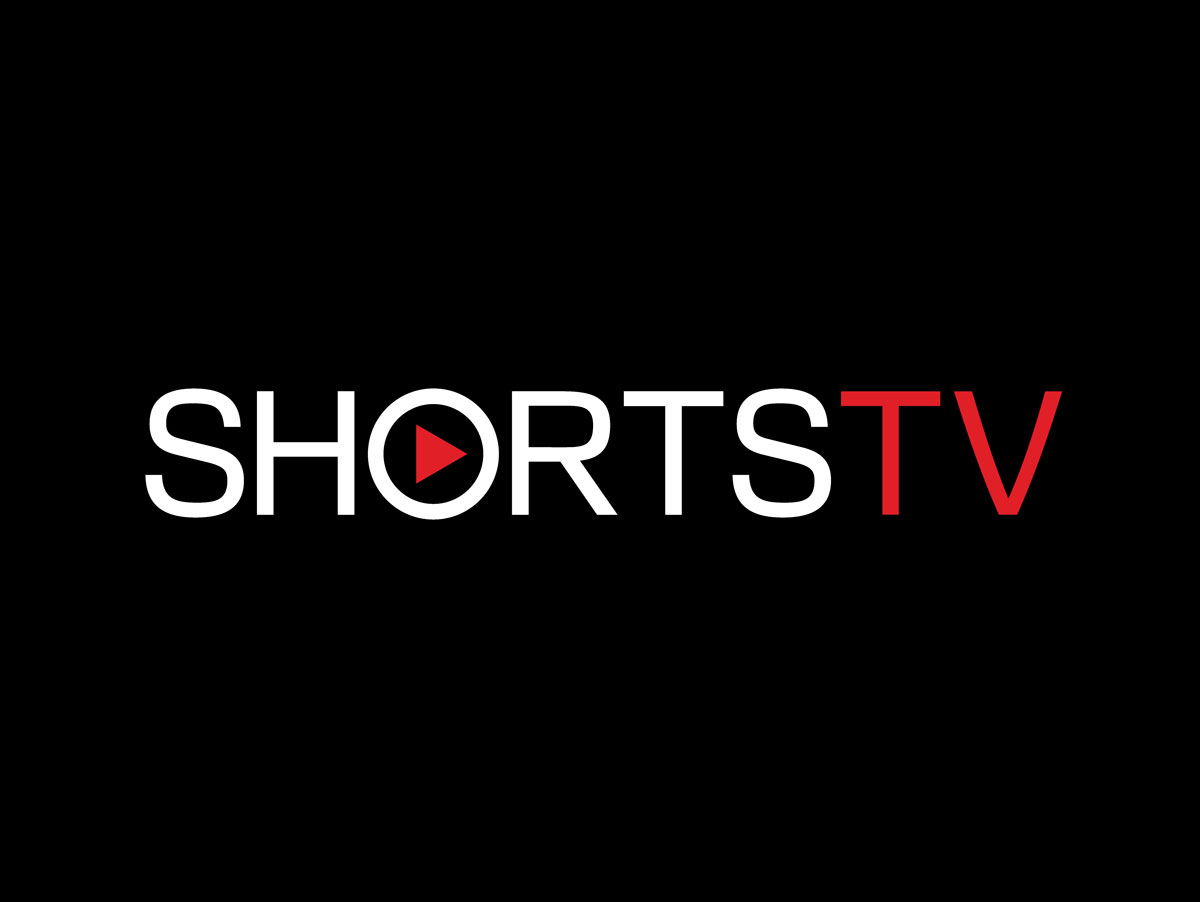
Shorts.tv • (Shorts) Market leader in shorts licensing. Flat fee. Pay-TV, TV, SVOD, including Oscar shorts. Multi-region.
-

discover.film • (Shorts) SVOD/AVOD buyer, aimed more at B2B travel sites and exploitation. Rev share.
-
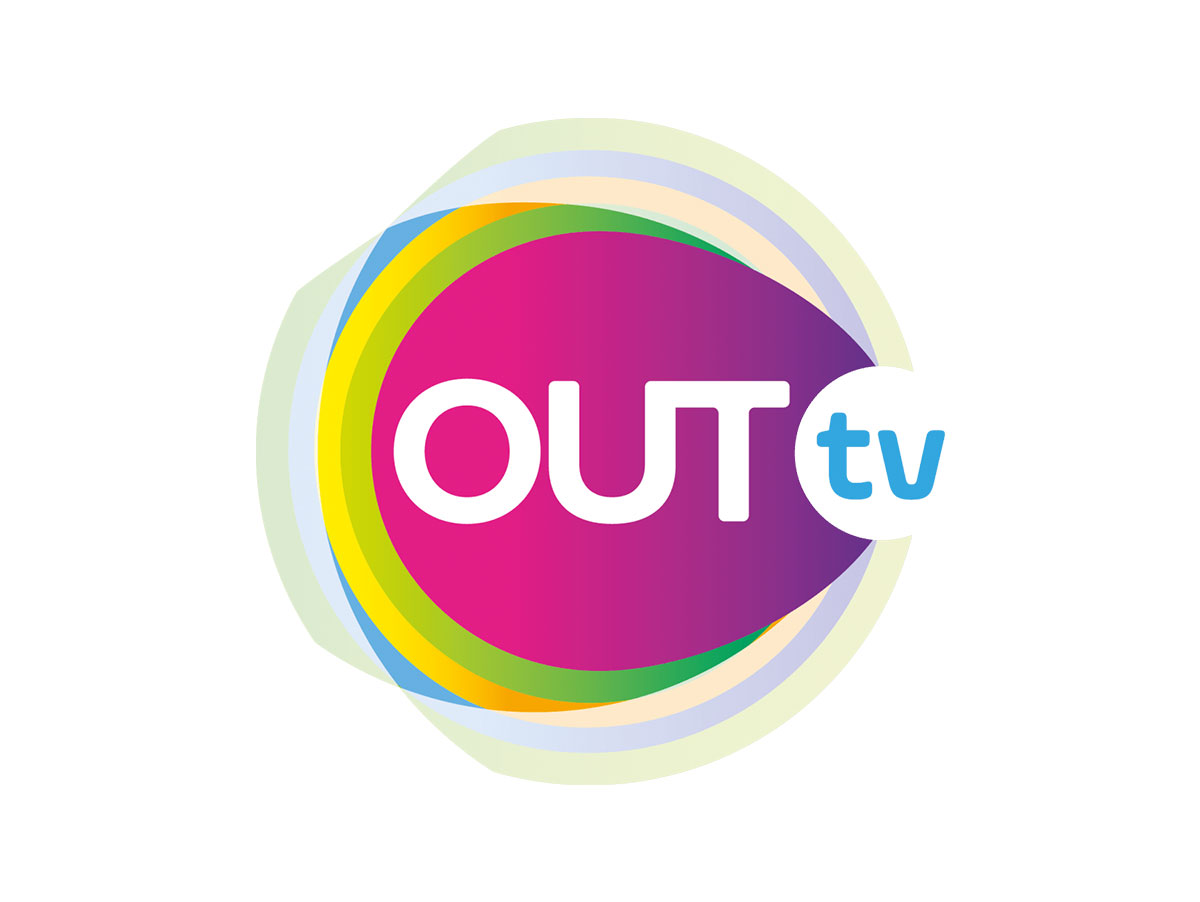
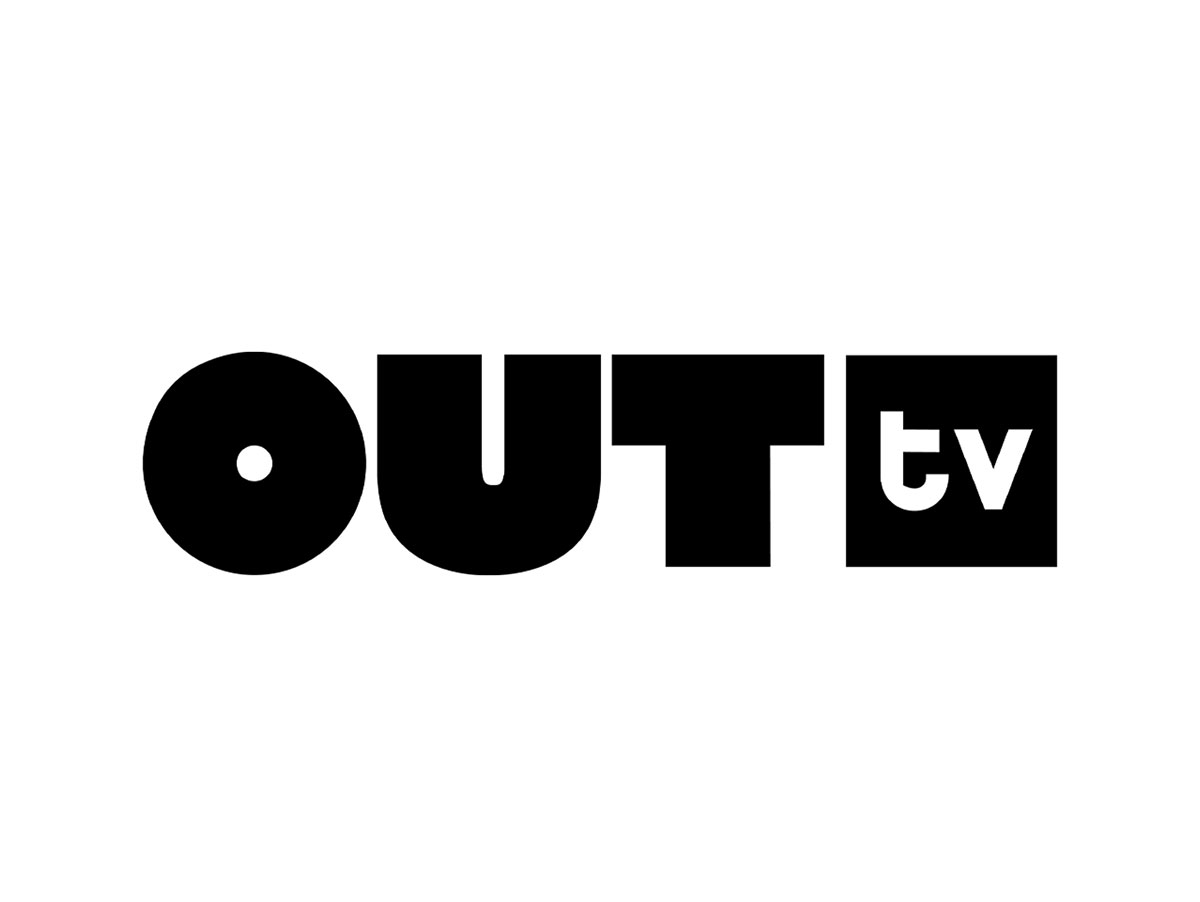
Out.TV and OUTTV • (LGBTQ+) Despite having similar names, these are two unrelated/different sites. They are the main European- and Canadian-based services who compete against each other in LGBTQ+ content for SVOD/AVOD/FAST across different regions. They pay flat fees, and sometimes fund Originals. They also have multiple other competitors in the space.
-
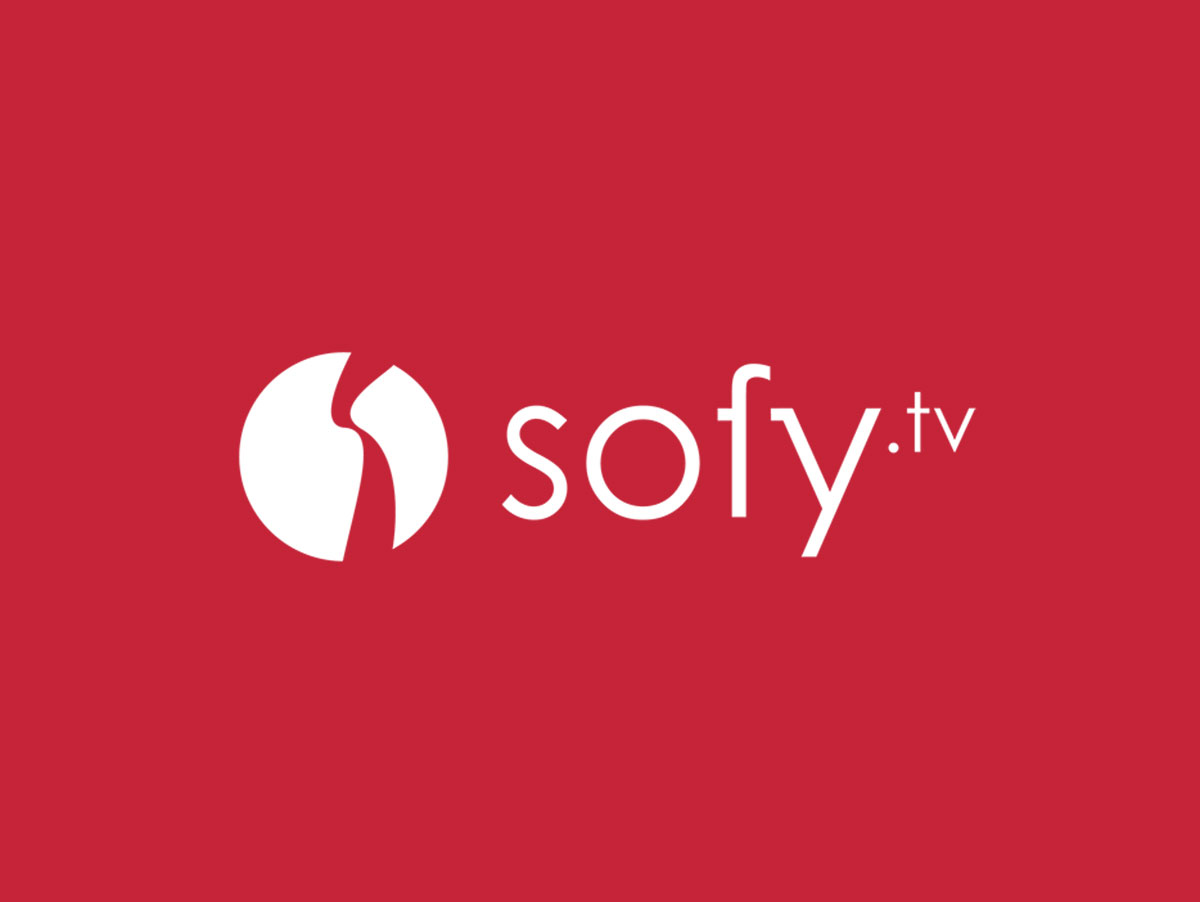
Soft.tv • A shorts SVOD based out of Switzerland, well curated, subscription and free offerings.
-
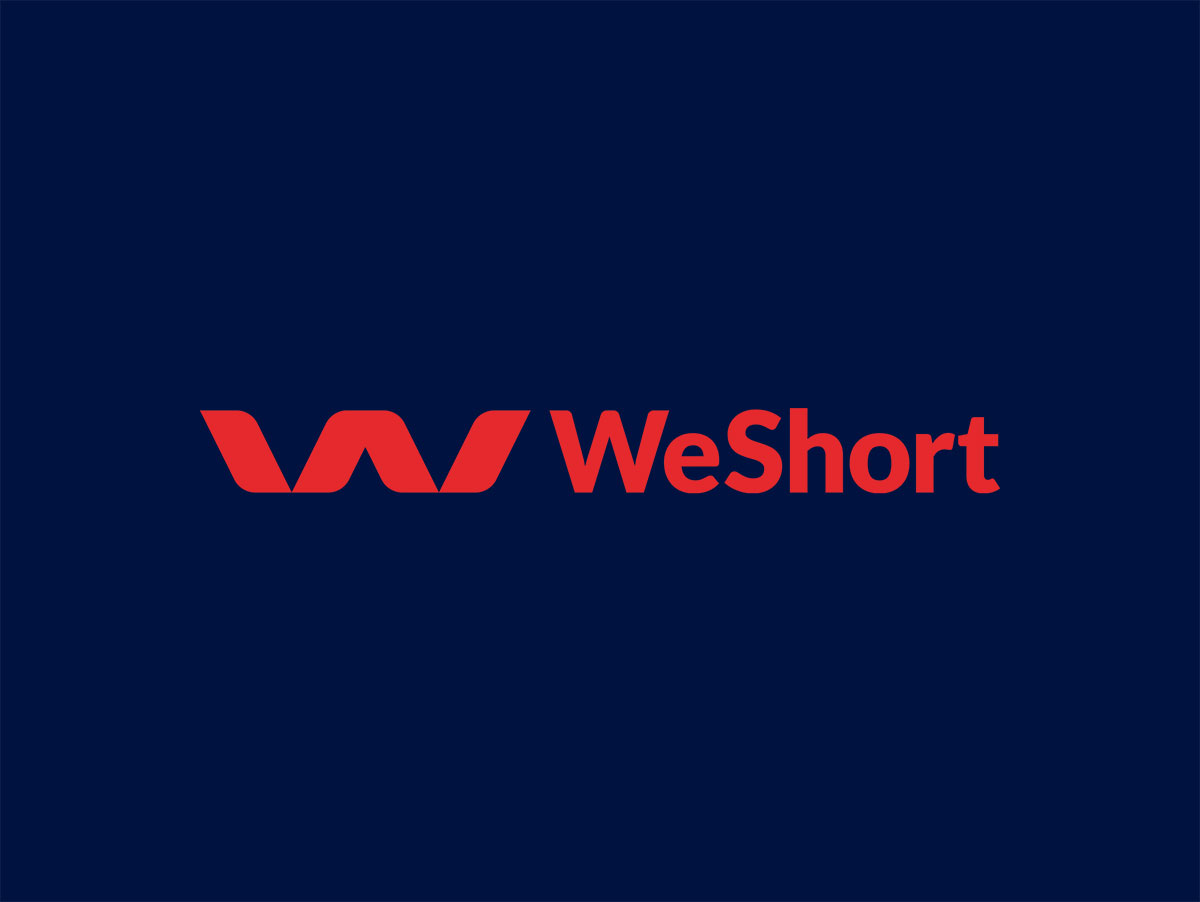
Weshort.com • A shorts SVOD based out of Italy (with weekly, monthly or annual plans) and a related free site (weshort4free)- the latter is without monetization but can be used for marketing/upselling to the SVOD.
iv) Other
Note there are many other international micro-niche sites (SVOD and also AVOD/FAST) that you can sell to non-exclusively, each of which have multiple competitors around the world, such as kids (Hopster), wildlife (Love Nature), expats/diaspora (Afroland, Zee TV, and their many competitors), lifestyle, performing arts (Marquee.tv), dance, millennials/nonfiction reality (Insight.tv), hobbies, and series
C) Stepping Back: Considerations and Takeaways
1) Considerations
- Platforms’ tastes, needs, and appetites (and competitive positioning) are always changing.
- So, on the plus side, even if a title is rejected now, one can circle back 6 months later (if the rejection reason was more that the platform was overstocked in a category or bad budget timing).
- But obviously do not circle back if they rejected the film because they didn’t like it/ it’s not suitable for them.
- Your film benefits most overseas if it travels well culturally, has strong acclaim, or is particularly topical and/or has other marketable appeal.
- Language is very relevant but does not have to be a barrier:
- English OV films generally travel easiest first to other English regions/sites (Canada, UK, IE, AU, NZ, South Africa).
- Then next easiest, is subtitling-friendly regions (like Nordic, Benelux) as well as the pure cinephile arthouse and documentary sites (where audiences are accustomed to subtitles).
- In other regions such as Germany, Italy, Portugal, Spain, and Brazil, dubbing requirements have to be factored in. That said, if you have a few potentially interested platforms in one region/language, it is easier to assess the value of dubbing costs. No need to do so in advance.
- Sometimes a platform will arrange the foreign versions for you as “money’s worth” instead of offering as high a license fee, then you can seek access to those foreign versions for licensing to other platforms.
- Politically: U.S. films are, frankly, not at the top of some EU platform priorities at the moment—so be realistic in your expectations.
- For example, EU platforms now have content country of origin quotas (official and unofficial) to balance, ranging from 20-50% in practice.
- This means after a platform has 1) bought its MPAA (Motion Picture Association of America) studio, major output deals (if applicable), 2) bought from its own EU or local minimajor and indie distributors, and 3) bought its own direct local indie filmmakers, then and only then can they have room for ad hoc cherrypicked U.S. indie sector films.
2) Takeaways
As before, our basic rules have not changed:
- Act quickly and work collaboratively (filmmakers + agents/distributors) to seize timing opportunities.
- Balance traditional and digital to best capture cumulative and incremental revs in the non-exclusive deal sector, while also developing a longer-term platform pipeline.
- Be aware many platform buyers rarely attend markets/festivals and instead work virtually (even pre COVID-19, as I did) to better allocate their leaner budgets towards programming spend, rather than markets.
- Don’t stop at just one deal unless exclusivity or funding elements are in play and worth it.
- Don’t be blocked per se by rights issues. Pragmatic business deals where others are “cut in” can help make those melt away.
- Consider hybrid distribution; traditional and digital specialists sharing the job (or after the first year or two of exclusivity to your rep) for maximum bang for your buck. “100% of Zero is still Zero.”
- After the deal is done, help audiences know where to find your film!
I look forward to seeing more of your films and docs here and in other parts of the world!
—Wendy Bernfeld, Rights StuffDavid Averbach May 29th, 2025
Posted In: Uncategorized
